ASTM A335 P5
Read more
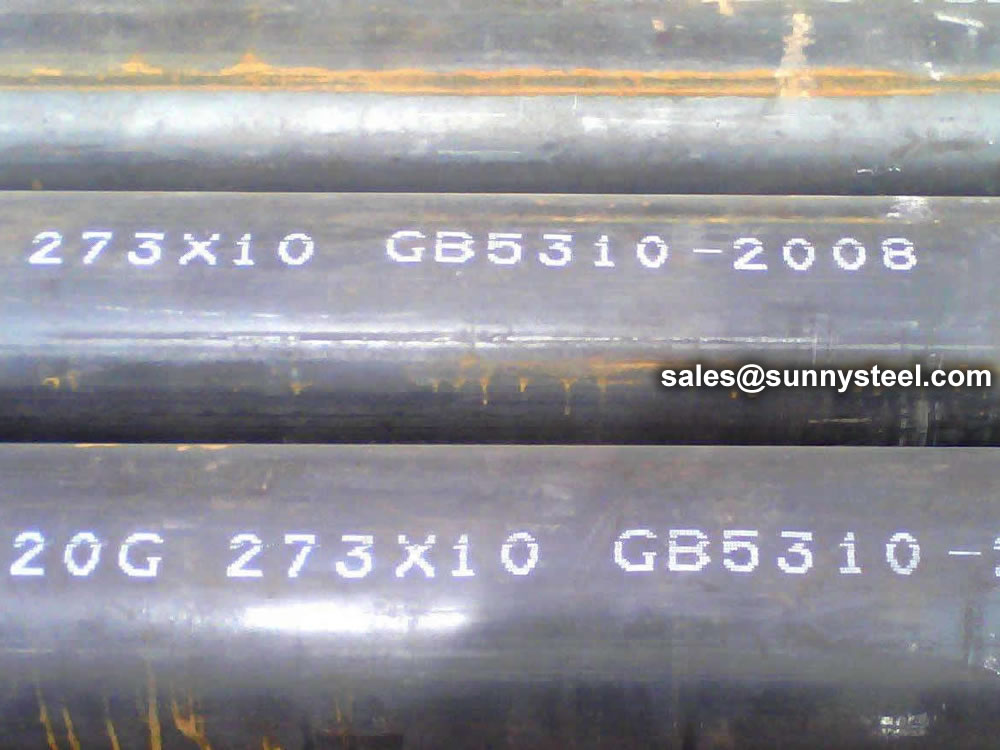
GB 5310 20G high pressure seamless boiler tubes are a type of steel tube designed for use in high-pressure and high-temperature environments.
Astm a450 pdf free download20G is a type of high-quality carbon structural steel, commonly used in the production of boiler tubes and pressure vessels due to its excellent mechanical properties and heat resistance.
20G is the steel material of GB 5310- 2008. GB 5310- 2008 standard is applicable to seamless tubes for making steam boiler whose pressure is high or higher and seamless tubes used as pipelines.
GB 5310 is a Chinese standard that outlines the specifications for seamless steel tubes used in high-pressure boilers. The designation "20G" refers to the material grade of these tubes, indicating that they are made from 20G steel, a low-carbon steel known for its excellent heat transfer properties and high tensile strength.
20G High Pressure Boiler Pipe, GB5310 20G boiler steel pipe, 20G boiler steel pipe, 20G boiler pipe
| Chemical elements | Data |
|---|---|
| Carbon | 0.17-0.23 |
| Silicon | 0.17-0.37 |
| Manganese | 0.35-0.65 |
| Phosphorus(max) | 0.03 |
| Sulfur(max) | 0.03 |
| Chromium(max) | 0.25 |
| Molybdenum(max) | 0.15 |
| Cuprum(max) | 0.2 |
| Nickel(max) | 0.25 |
| Vanadium(max) | 0.08 |
| Properties | Data |
|---|---|
| Yield Strength (Mpa) | 410-550 |
| Tensile Strength (Mpa) | 245 |
| Elongation (%) | 22 |
| W.T.(S) | Tolerance of W.T. | |
|---|---|---|
| <3.5 | +15%(+0.48mm min) | |
| -10%(+0.32mm min) | ||
| 3.5-20 | +15%,-10% | |
| >20 | D<219 | ±10% |
| D≥219 | +12.5%,-10% | |
| Column 1 | Column 2 | Column 3 | Column 4 |
|---|---|---|---|
| 83*13 | 127*10 | 168*20 | 245*27 |
| 83*14 | 127*17 | 168*32 | 245*32 |
| 89*16 | 133*16 | 180*21 | 273*27 |
| 95*9.2 | 133*16 | 180*22 | 273*30 |
| 95*10 | 133*22 | 180*25 | 273*36 |
| 95*15 | 140*18 | 180*40 | 299*30 |
| 102*14 | 146*14 | 194*21 | 325*30 |
| 114*9.2 | 152*17 | 203*26 | 377*35 |
| 114*10 | 159*16 | 219*22 | |
| 114*19 | 159*21 | 219*25 |
The 20G seamless steel pipe is mainly used for general boiler purposes, and can also be used for furnace tubes, heat exchanger tubes and seamless tubes for pipelines in petroleum refineries. As a professional boiler steel pipe supplier and manufacturer, besides the chemical composition and various mechanical properties, the 20G steel pipe we supply can also guarantee the water pressure, flattening, flaming tests as well as the surface quality and non-destructive inspection.
Annealed, Normalized, Normalized and Tempered
The steel tubes shall be delivered in a heat treated condition.
Chemical Composition Inspection, Mechanical Properties Test(Tensile Strength,Yield Strength, Elongation, Flaring, Flattening, Bending, Hardness, Impact Test), Surface and Dimension Test,No-destructive Test, Hydrostatic Test.
Oil-dip, Varnish, Passivation, Phosphating, Shot Blasting
5800mm; 6000mm; 6096mm; 7315mm; 11800mm; 12000mm; and so on.
Max length: 16000mm, also U bending can be offered.
This inventory is part of the inventory, demand and other models in stock or order materials, please contact us.
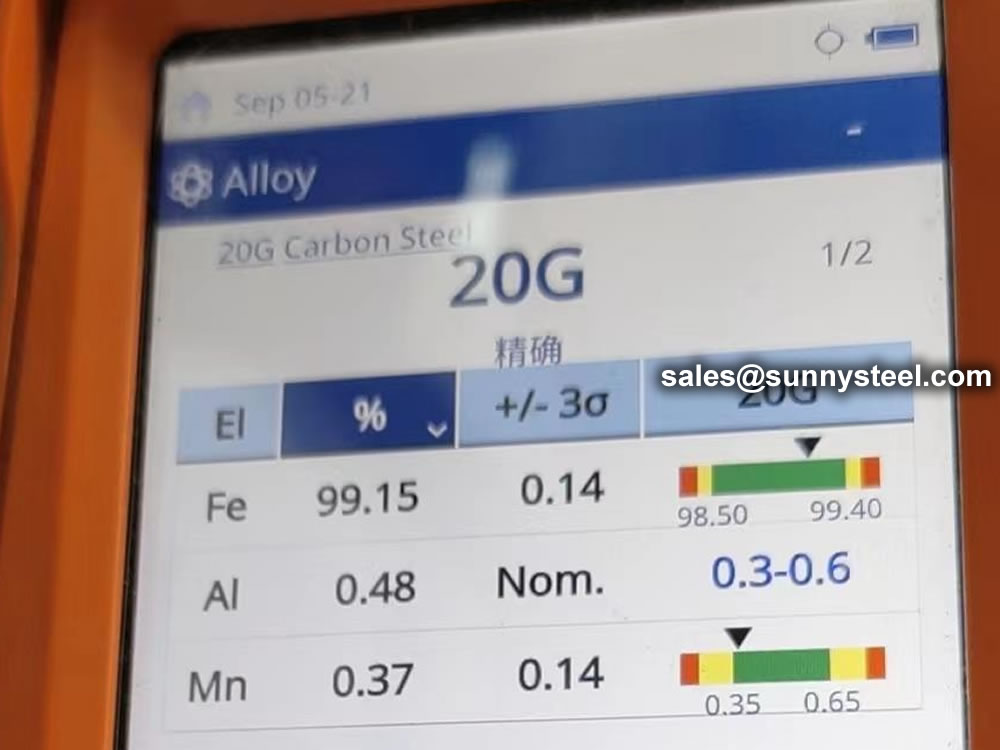
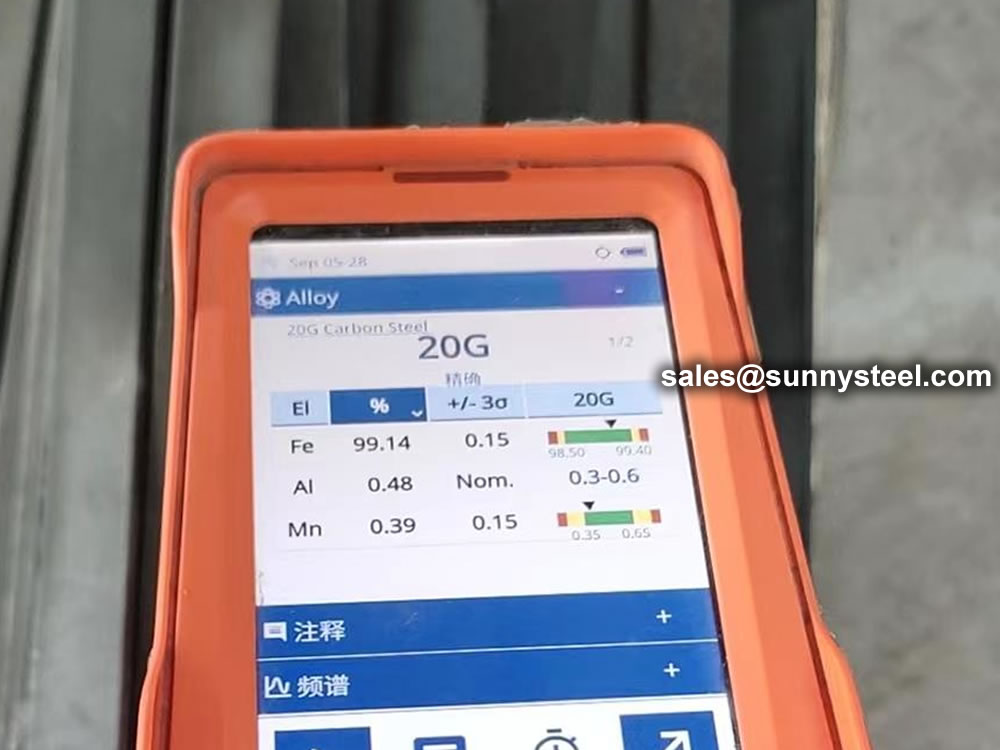
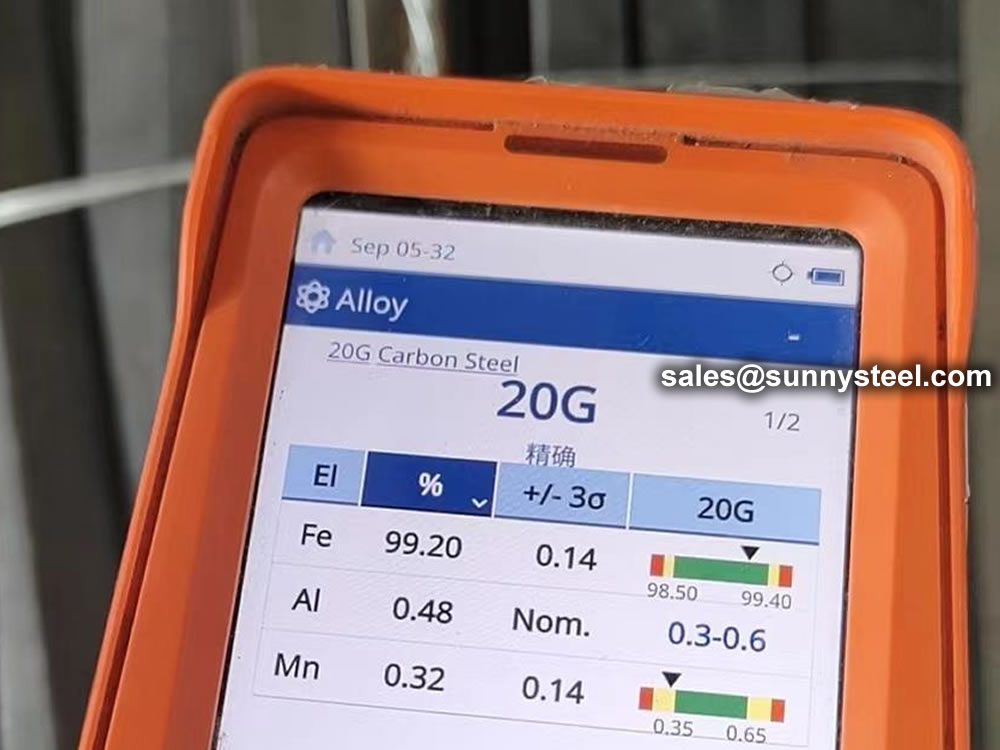
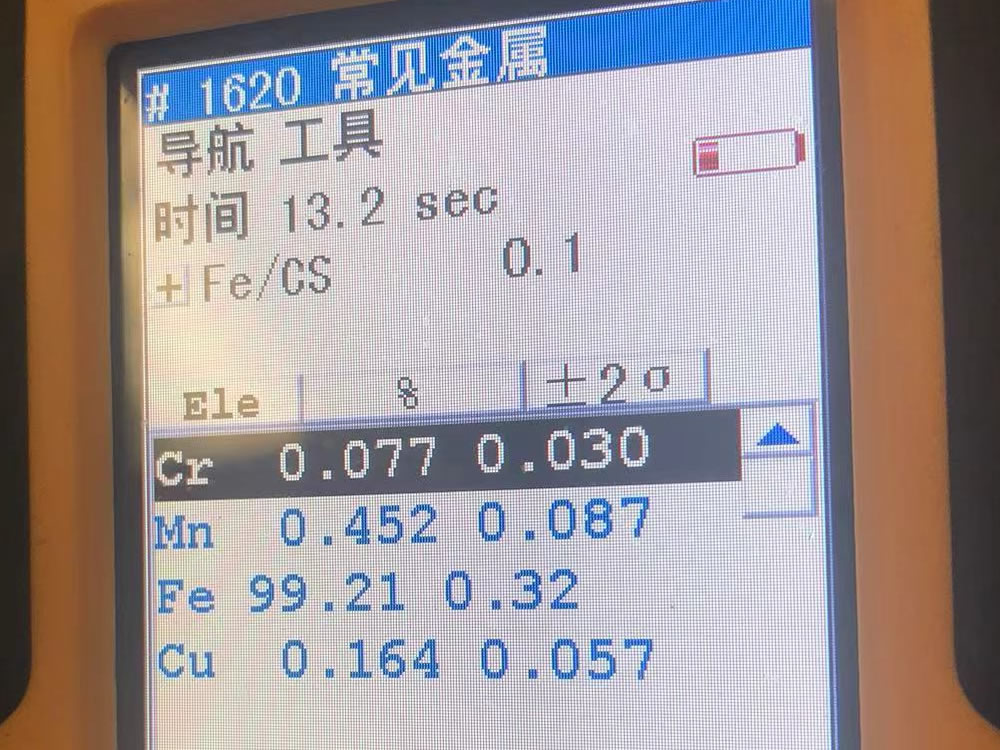
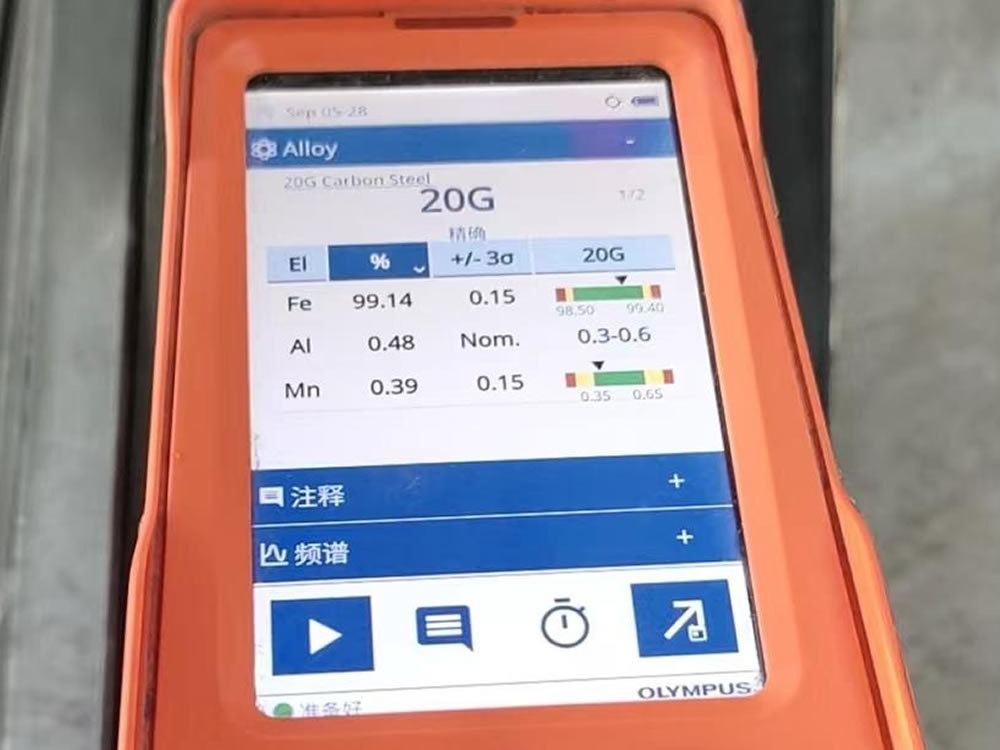
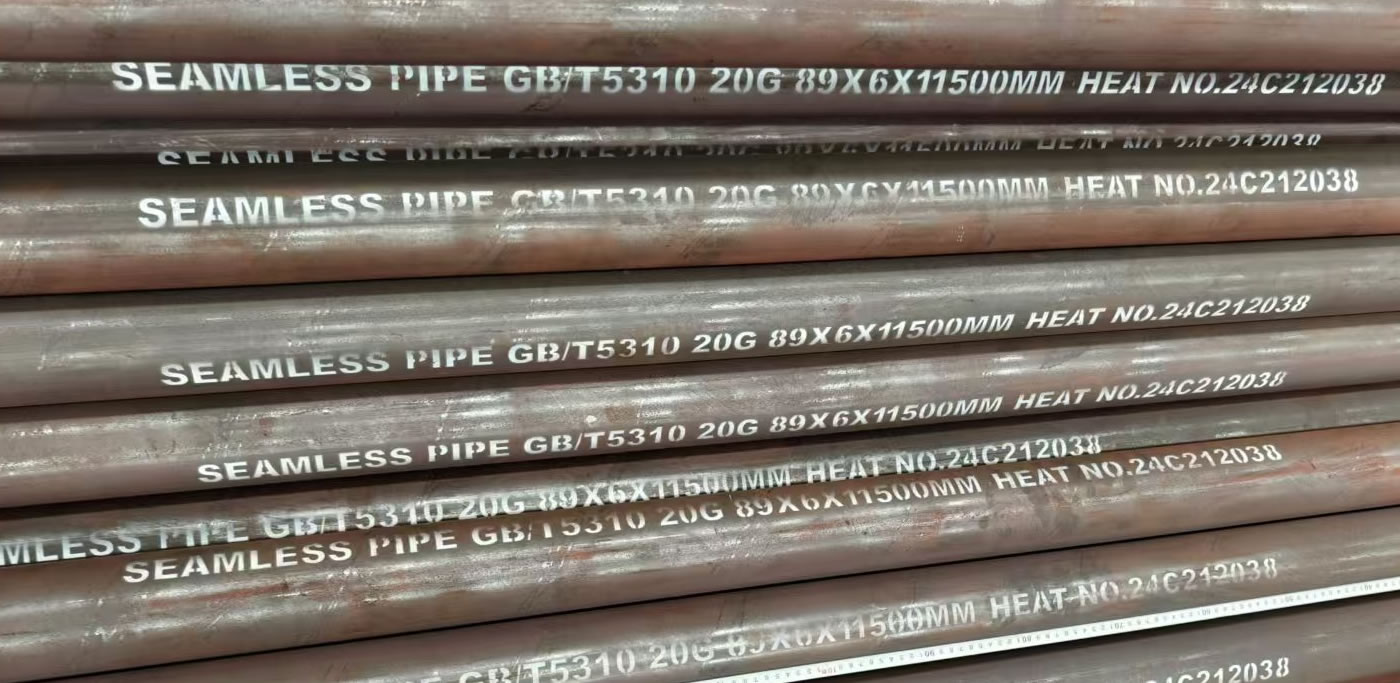
A 20G seamless steel pipe is a pipe made from 20G steel, known for its high temperature resistance and efficient heat transfer properties.
Is our main production of steel, we can provide 20G Seamless pipe with high quality and competitive price. Here to introduce you to our 20G seamless pipe basic chemical properties and mechanical properties.
The GB 5310 standard applies to seamless pipes for steam boilers and pipelines that are high pressure and above. The 20G steel pipe is the national standard steel grade for GB 5310. The foreign corresponding brand is Germany ST45.
High-pressure boiler tubes are a type of seamless steel pipe. They have very high requirements on the tightness of the steel pipes. The production method is the same as that of seamless tubes, and the requirements are basically the same.
The 20G seamless steel pipe boasts several characteristics that make it an indispensable component in industrial applications:
High Temperature Resistance: The 20G steel's composition allows the pipe to withstand elevated temperatures, making it suitable for applications involving heat transfer and energy conversion.
Seamless Design: The seamless manufacturing process ensures uniformity and eliminates the risk of weak points or leaks, enhancing the overall integrity of the pipe.
Efficient Heat Transfer: The properties of 20G steel facilitate efficient heat exchange, making the pipe ideal for transferring thermal energy between fluids.
Corrosion Resistance: The steel's composition provides inherent resistance to corrosion, extending the pipe's lifespan and reliability in various environments.
Enhanced Efficiency: The exceptional heat transfer properties of 20G steel contribute to efficient energy conversion, ensuring optimal performance in boilers and heat exchangers.
Reliability: The seamless design and high tensile strength of 20G steel pipes enhance their reliability and safety in demanding industrial environments.
Long Service Life: The corrosion-resistant nature of 20G steel extends the service life of the pipes, reducing maintenance requirements and downtime.
The versatile nature of 20G seamless steel pipes makes them suitable for a range of industrial applications:
Boilers: In the power generation sector, 20G pipes are used as superheater tubes, reheater tubes, and waterwall tubes in boilers, facilitating the exchange of heat and steam generation.
Heat Exchangers: These pipes play a crucial role in heat exchangers, where they enable efficient transfer of thermal energy between fluids in different industrial processes.
Petroleum Industry: The pipes find application in petroleum refineries for transporting high-temperature and high-pressure fluids.
When incorporating 20G seamless steel pipes into industrial systems, the following factors should be considered:
Operating Conditions: Ensure that the pipes are suitable for the specific temperature, pressure, and fluid characteristics of the application.
Compatibility: Verify compatibility with other components and materials within the system to prevent potential issues.
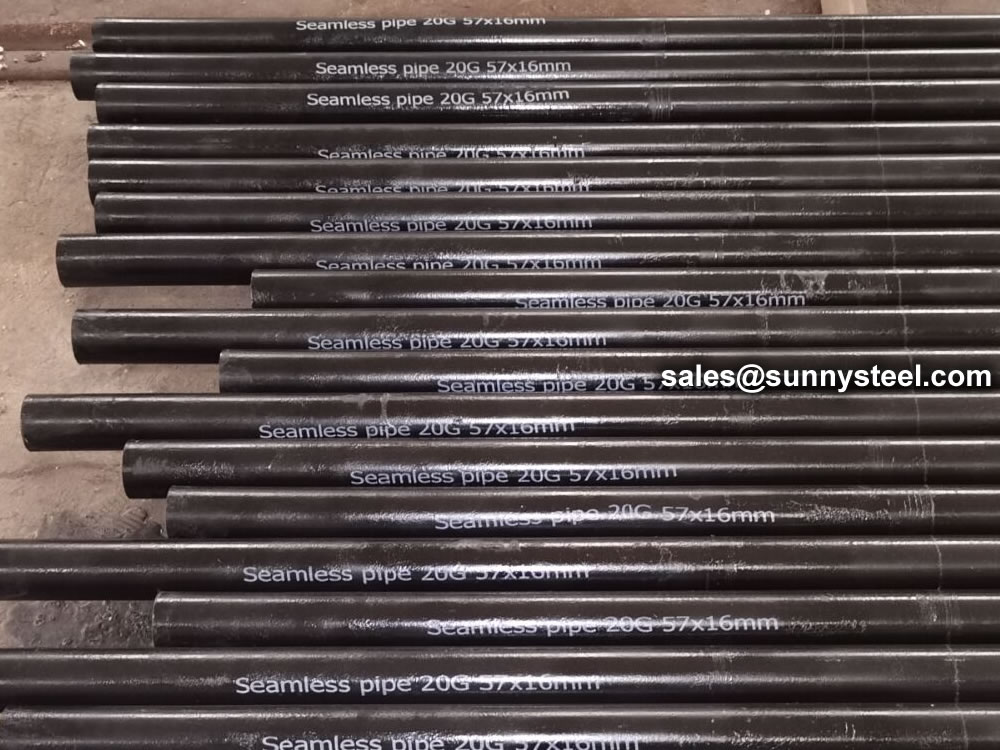
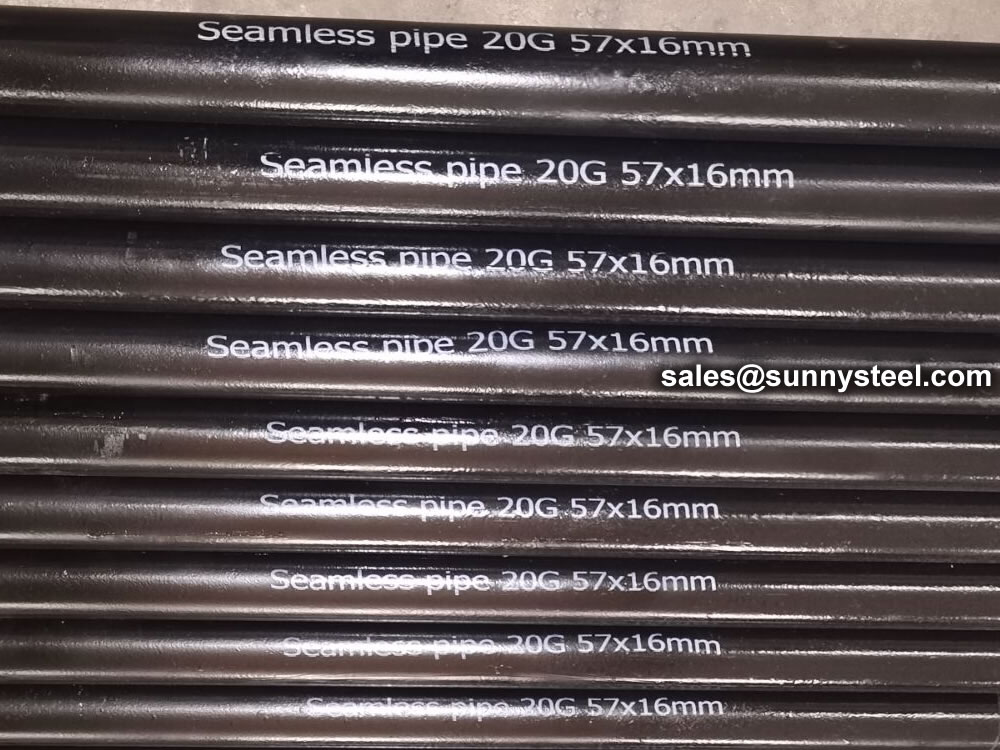
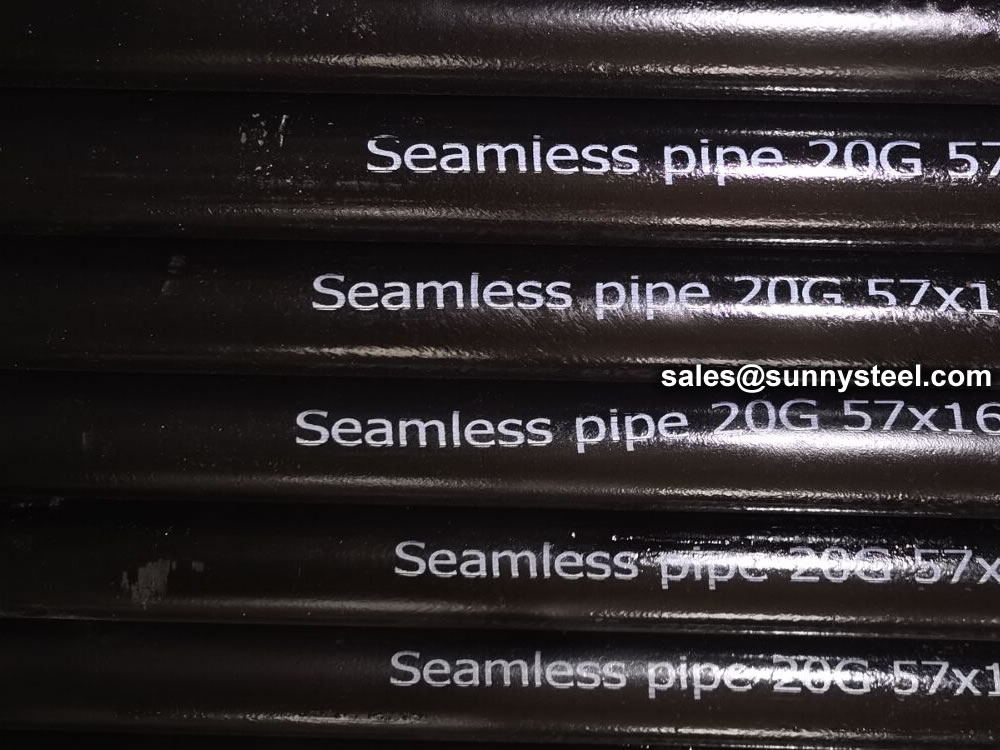
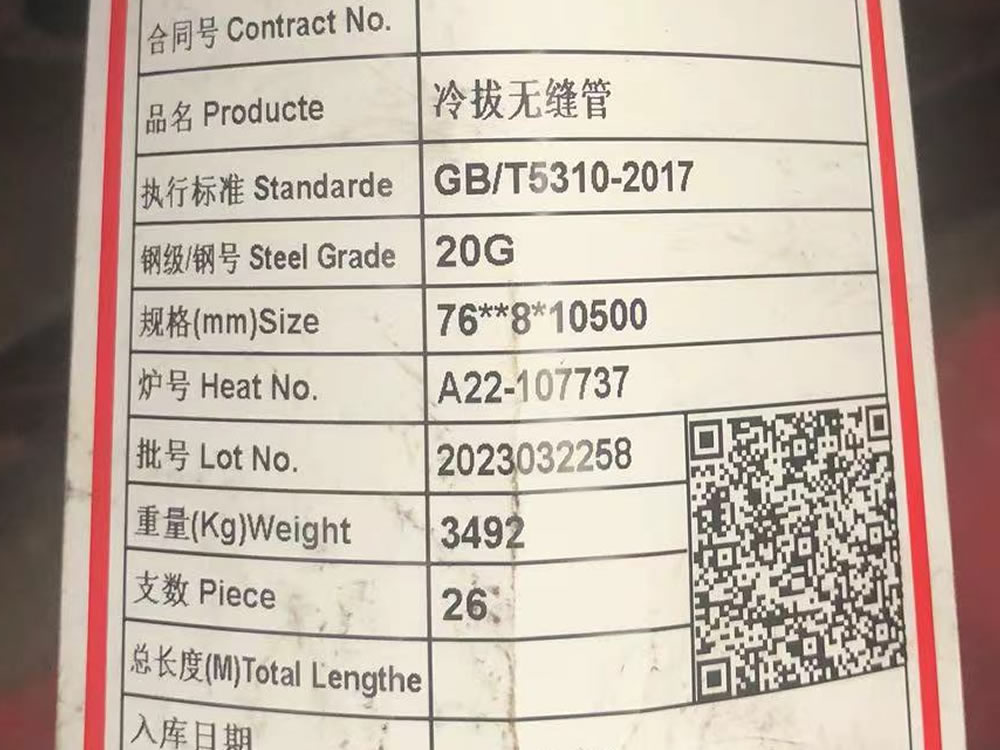
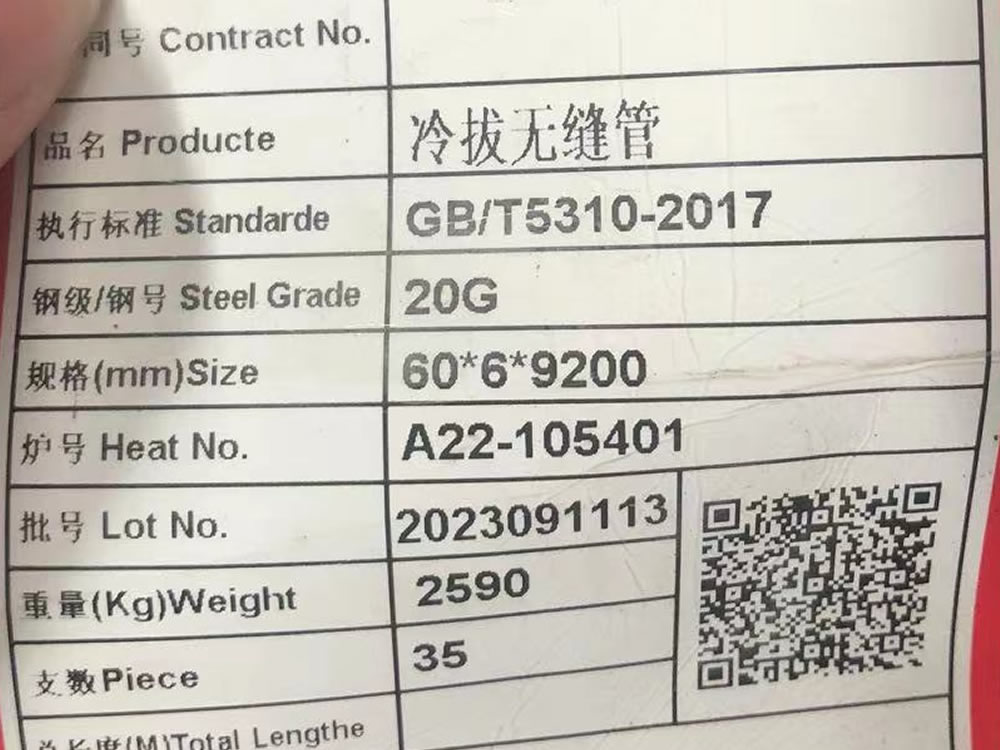
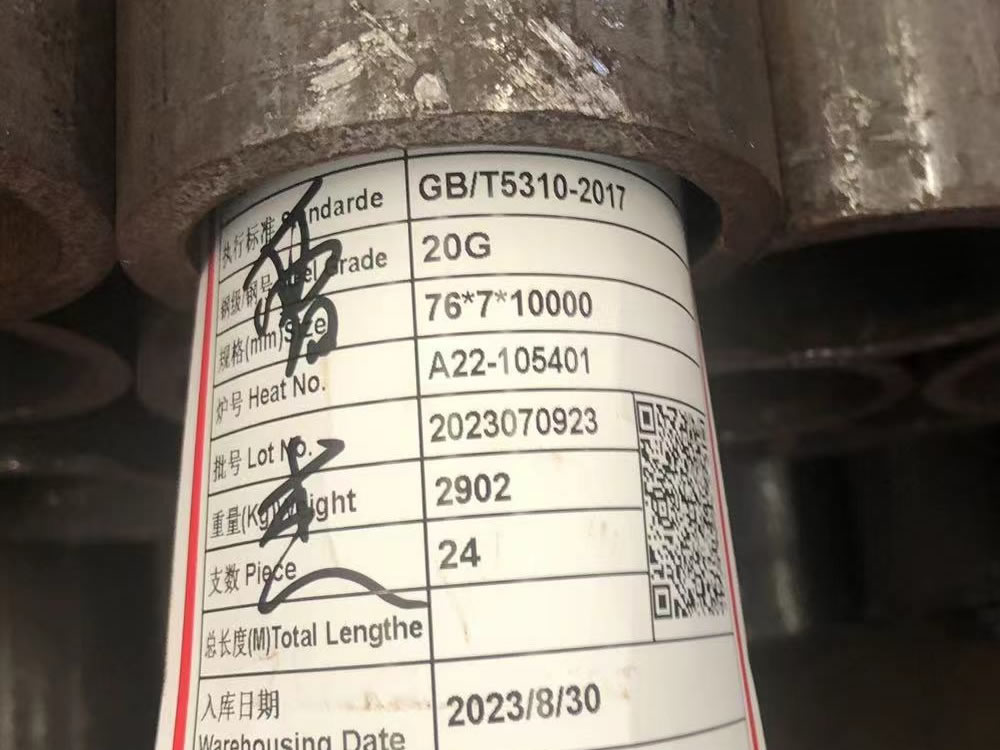
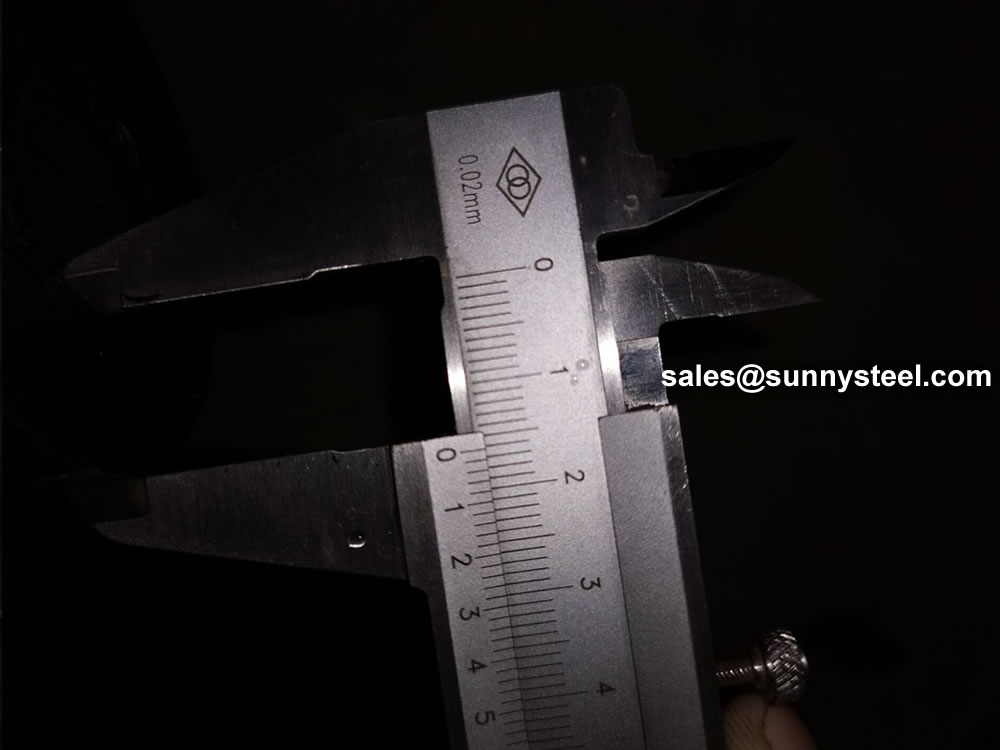
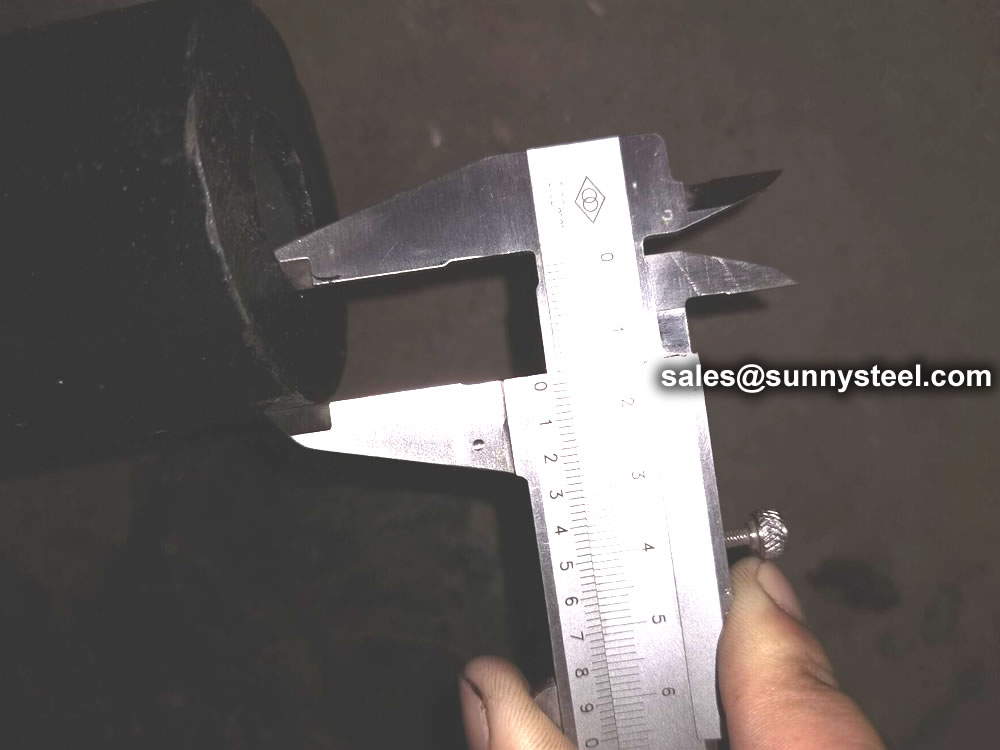
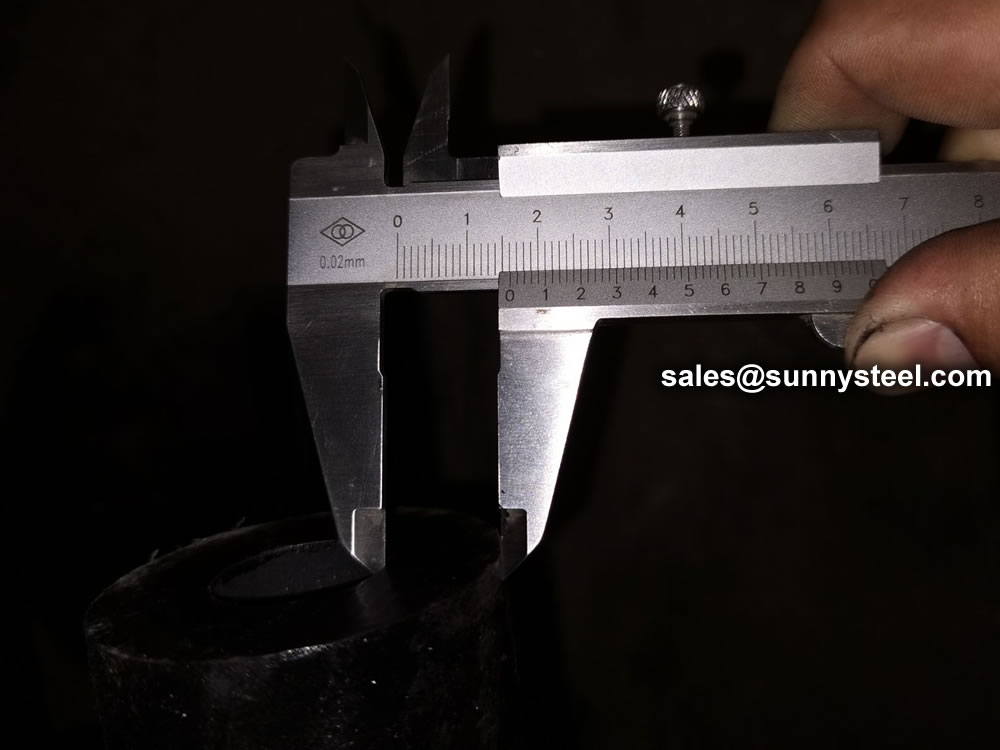
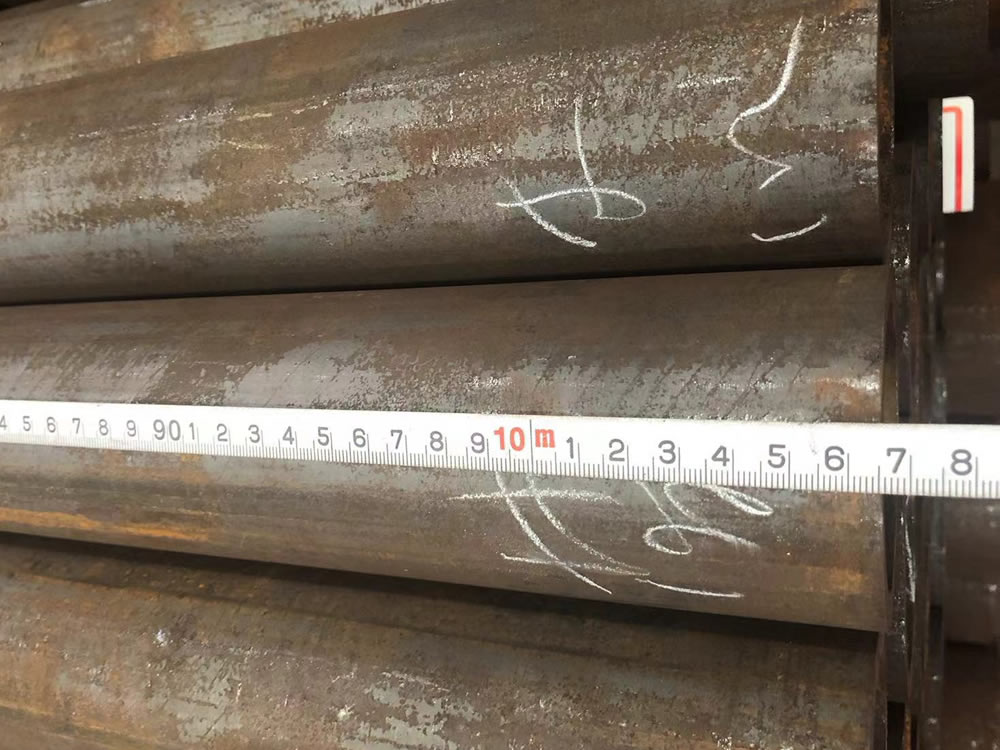
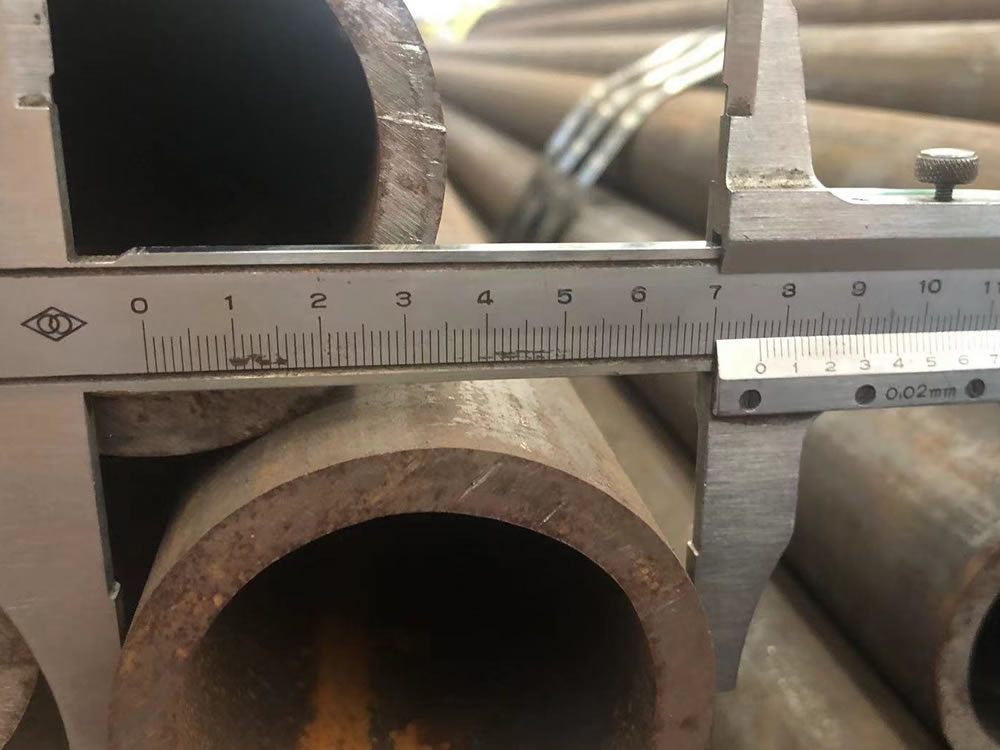
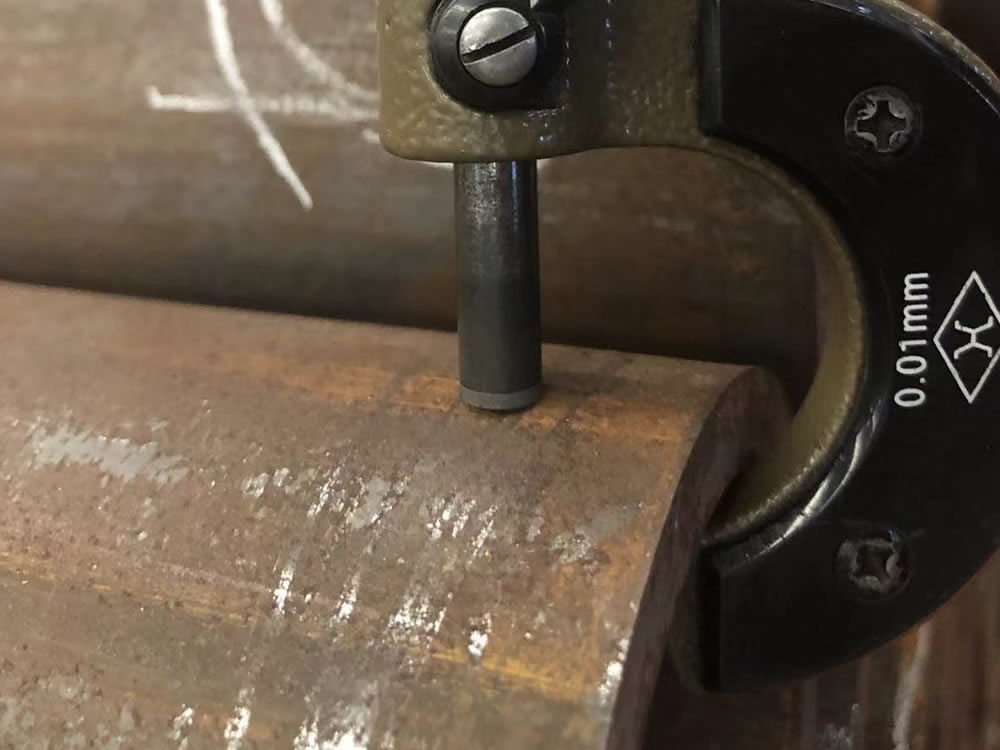
When comparing 20# and 20G seamless steel pipes, there are several differences to consider.
20# seamless steel pipes are used for structural pipes, fluid pipes, and low to medium pressure boiler pipes. On the other hand, 20G seamless steel pipes are specifically designed for high-pressure boiler tubes. Besides similar carbon content, 20G seamless steel pipes contain additional trace elements, making them more suitable for use in boilers and pressure vessels. They are widely utilized as pipelines for transporting fluids like oil, natural gas, water, and certain solid materials.
20# seamless pipes have slightly higher strength compared to No. 15 steel and are rarely quenched, thus avoiding temper brittleness. They exhibit high plasticity during cold deformation, making them suitable for bending, calendering, flanging, and hammer arch processing. Their welding performance with arc and contact welding is good, but gas welding may result in cracks on workpieces with strict shape requirements or complex shapes. Cold-drawn or normalized pipes have better machinability than annealed pipes.
20G seamless steel pipes have strict requirements on the steel grades used in their manufacture. They must have high lasting strength, excellent oxidation corrosion resistance, and good organizational stability.
Due to differences in manufacturing processes and composition, 20G seamless steel pipes are priced higher than 20# seamless steel pipes.
With years of expertise, we provide a diverse array of steel tube processing options. From sawing and machining tube blanks to intricate bending and upsetting operations, we actively assist you throughout your projects.
Our capabilities extend to eccentricity reduction and concentricity enhancement through turning and grinding. We excel in creating complex geometries using processes like rotary swaging and axial forming. Additionally, we offer property modifications via partial heat treatment, ensuring tailored solutions for your specific needs.
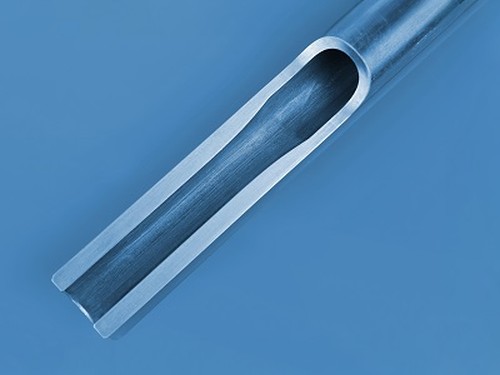
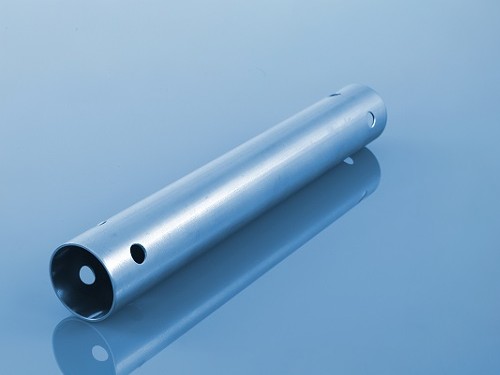
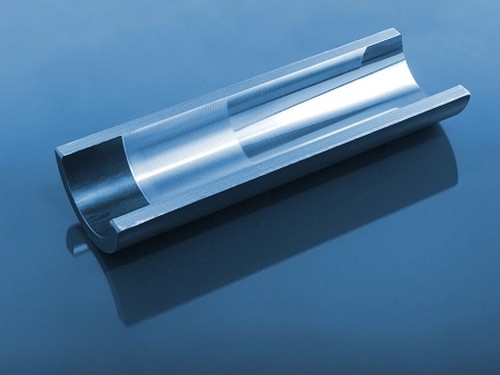
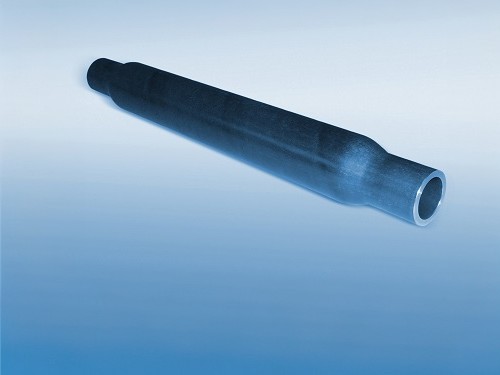
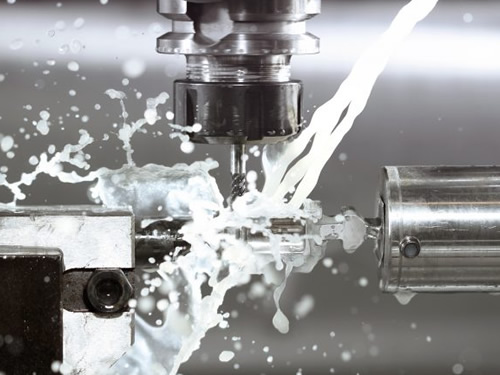
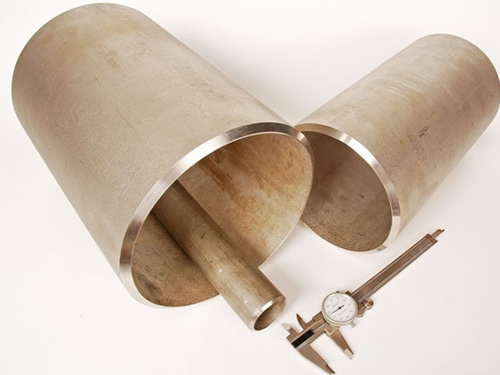
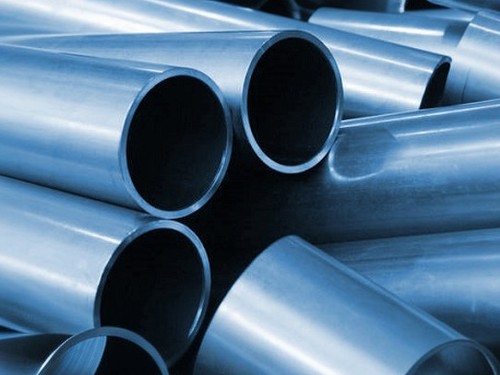
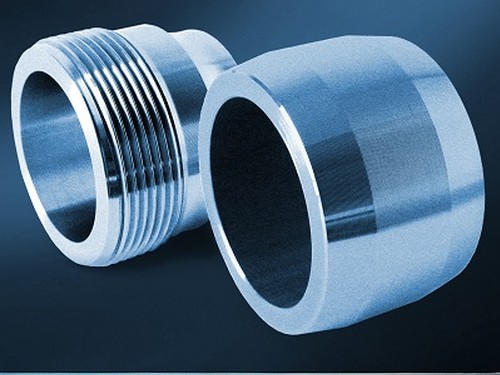
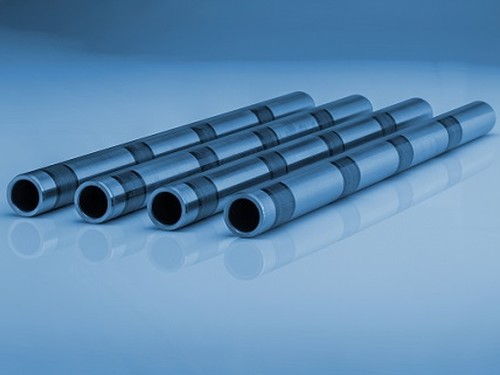
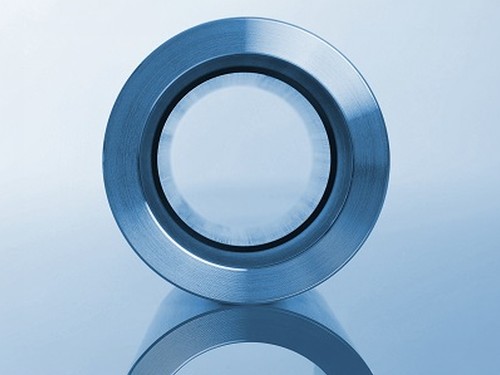
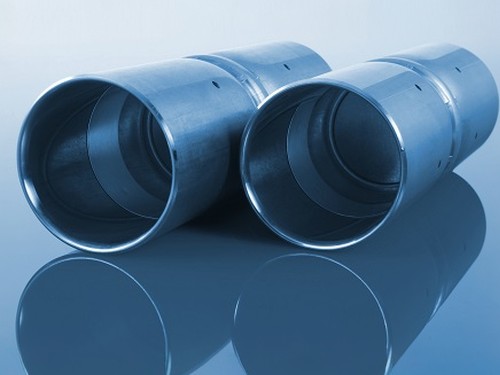
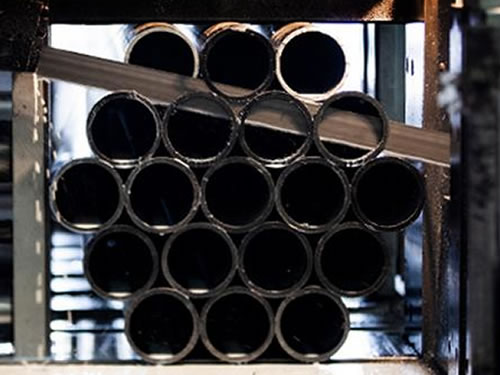
Seamless steel pipe is regularly used in the transportation of fluids such as water, natural gas, waste and air. It is also regularly required in many high-pressure, high-corrosive environments such as in the oil & gas, power generation and pharmaceutical industries. Some common uses of seamless pipes include:
Chemical composition inspection, mechanical properties test(tensile strength,yield strength, elongation, flaring, flattening, bending, hardness, impact test), surface and dimension test,no-destructive test, hydrostatic test.
identification of the chemical composition of the metal used to manufacture the fitting. Uses PMI sensors, including X-ray fluorescence or optical emission spectrometry.
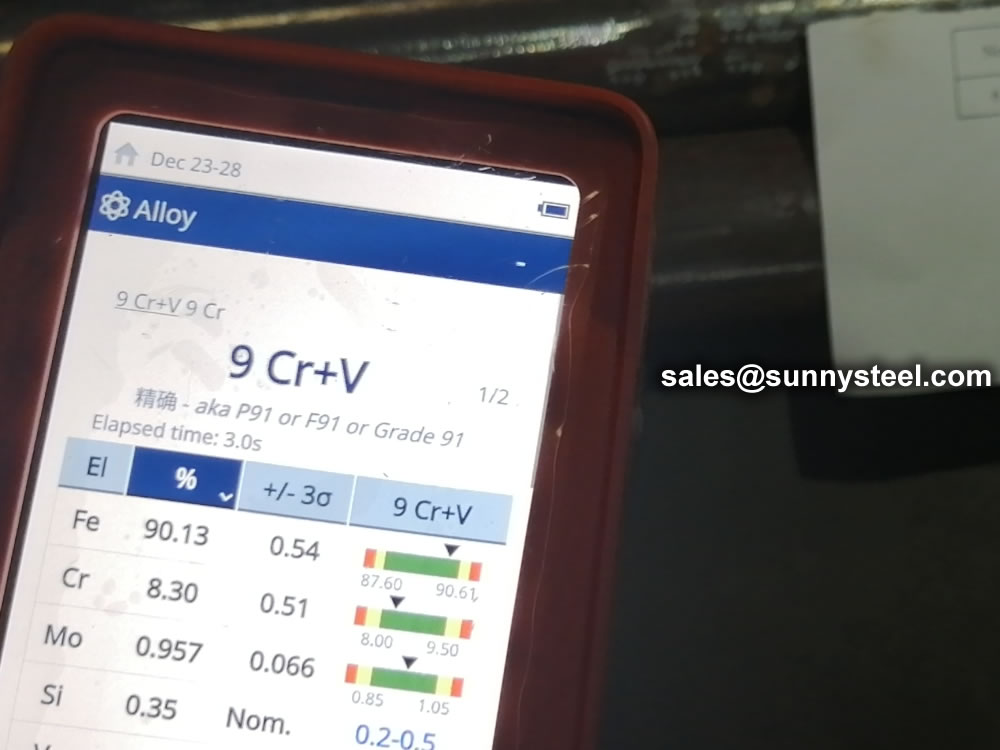
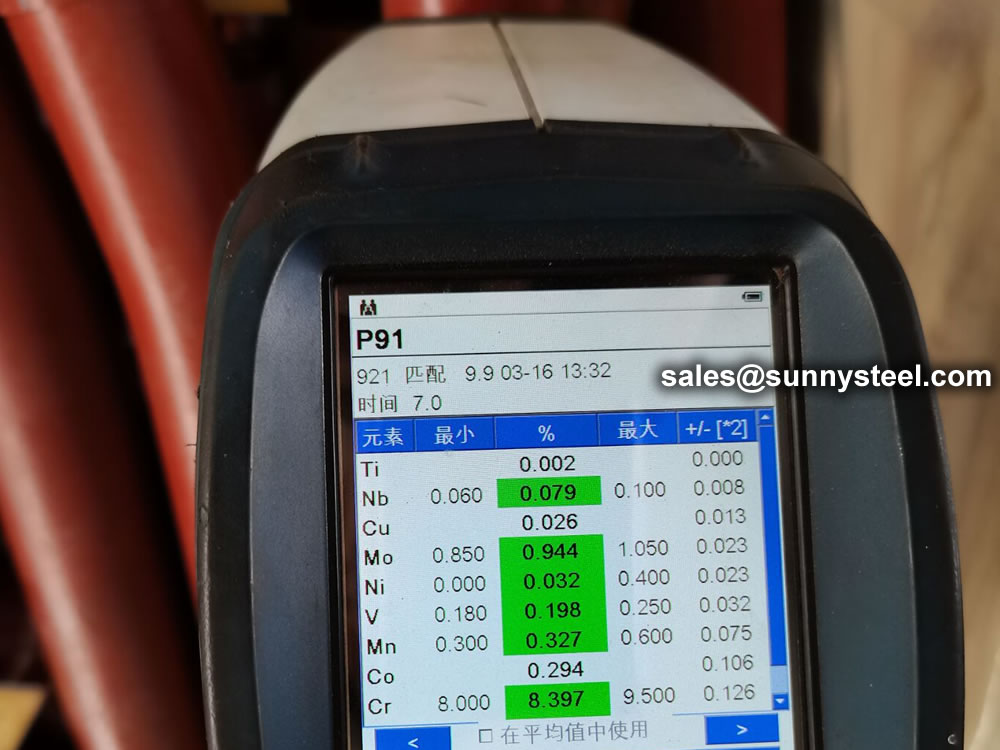
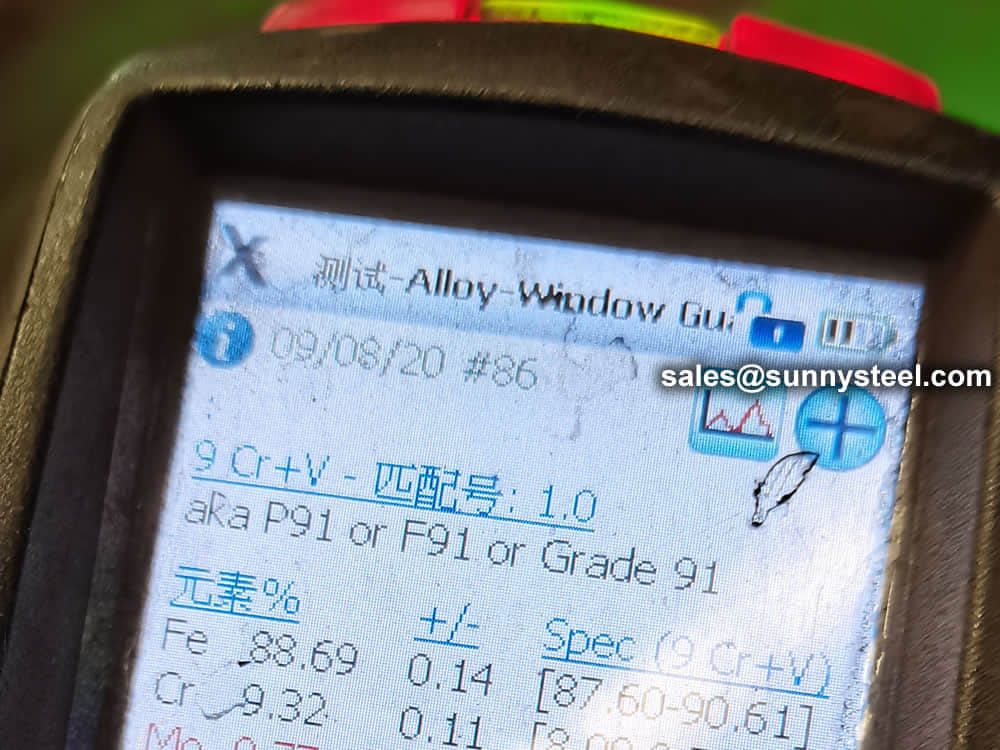
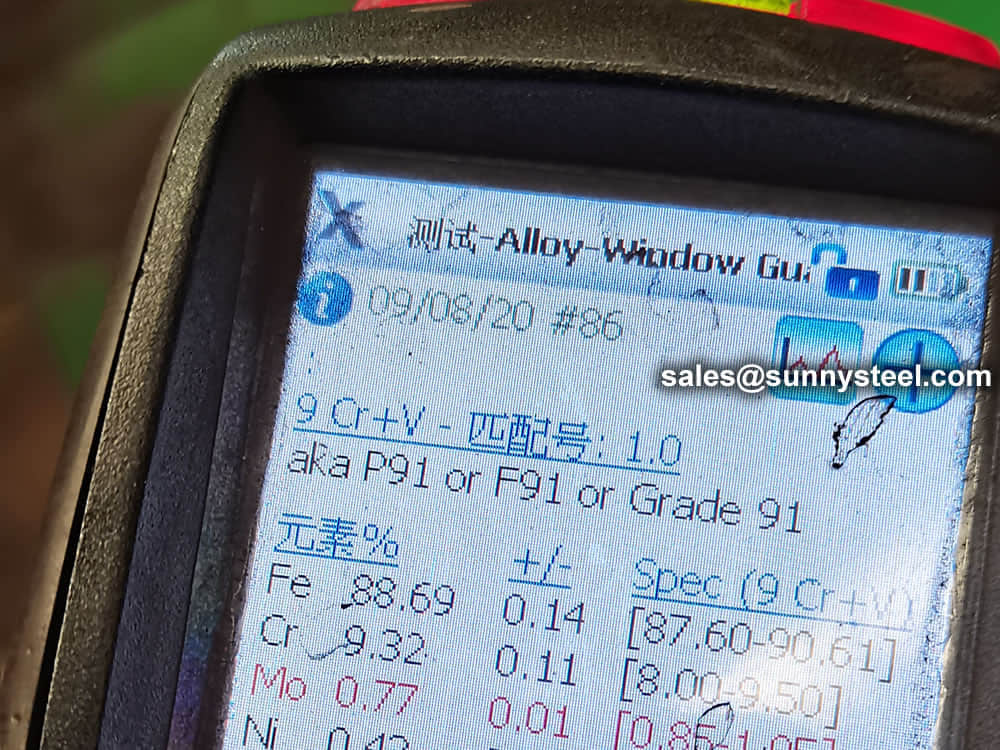
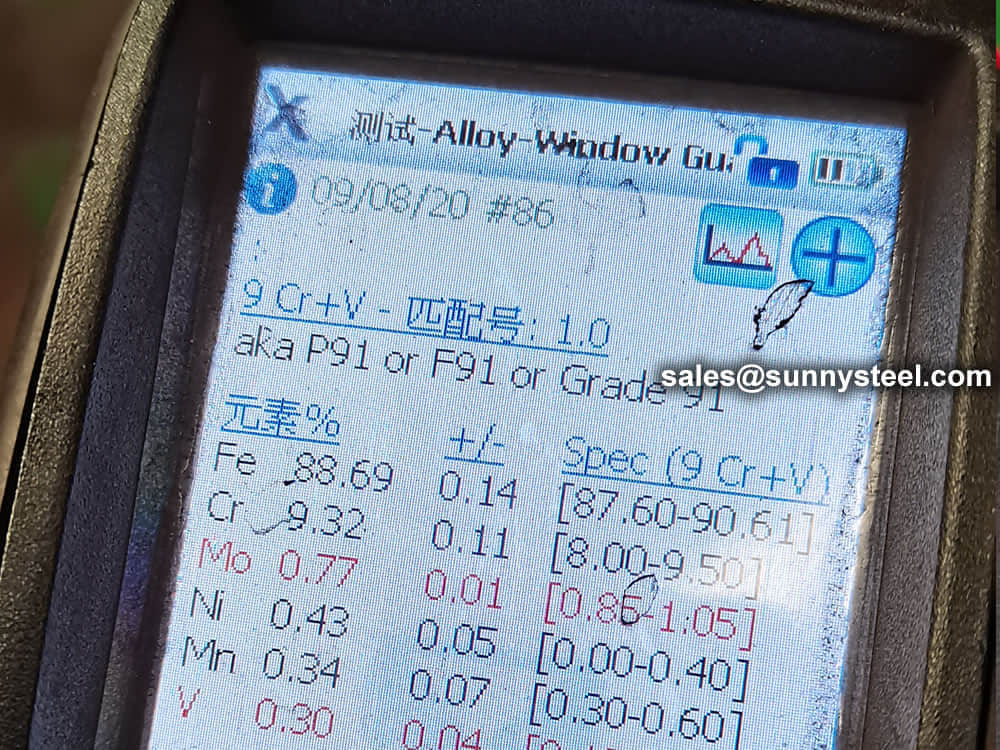

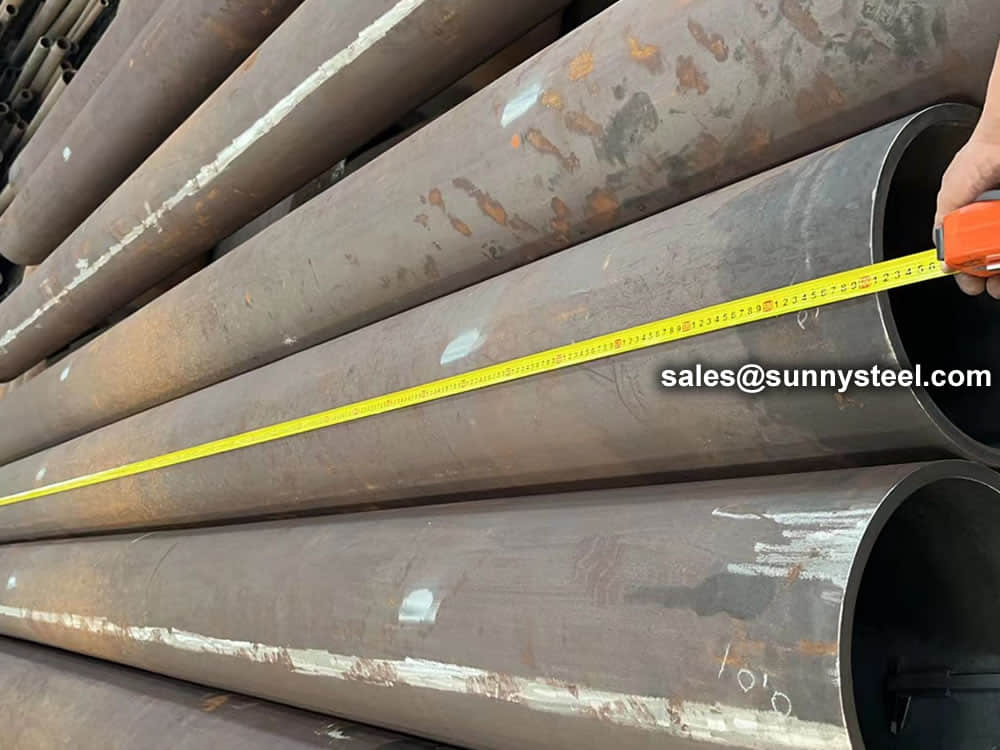
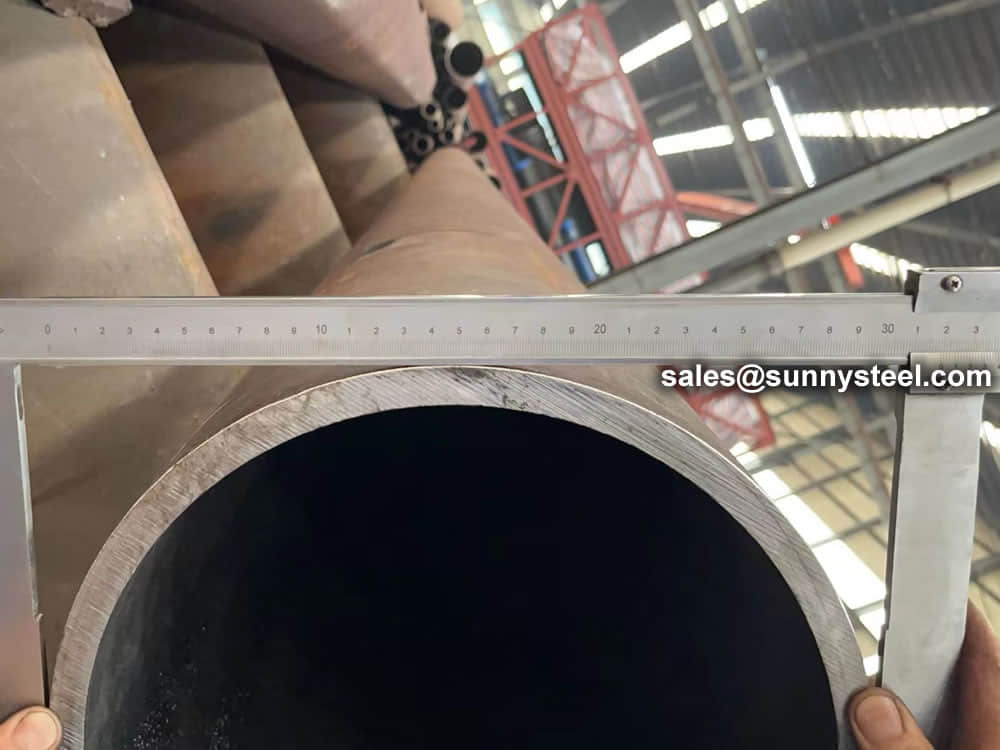
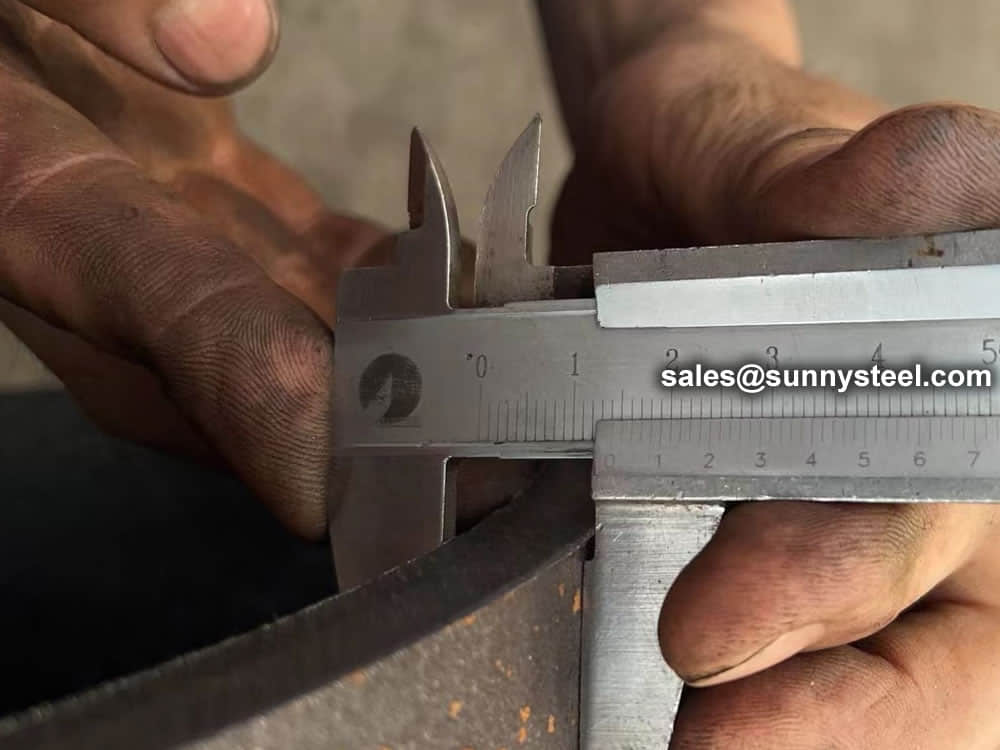
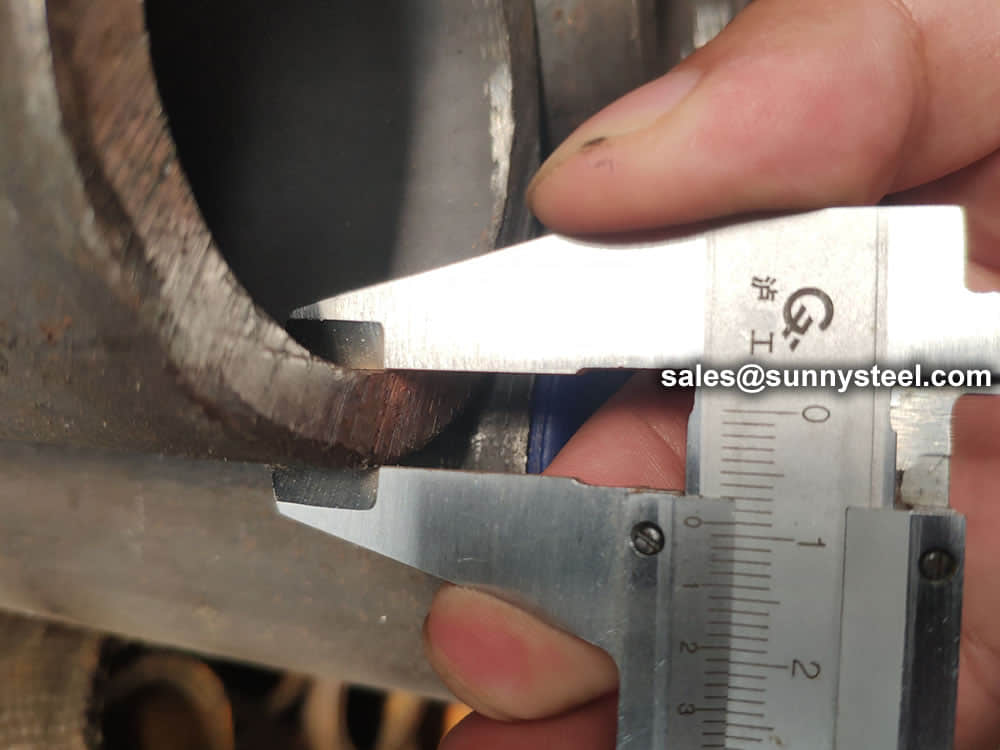
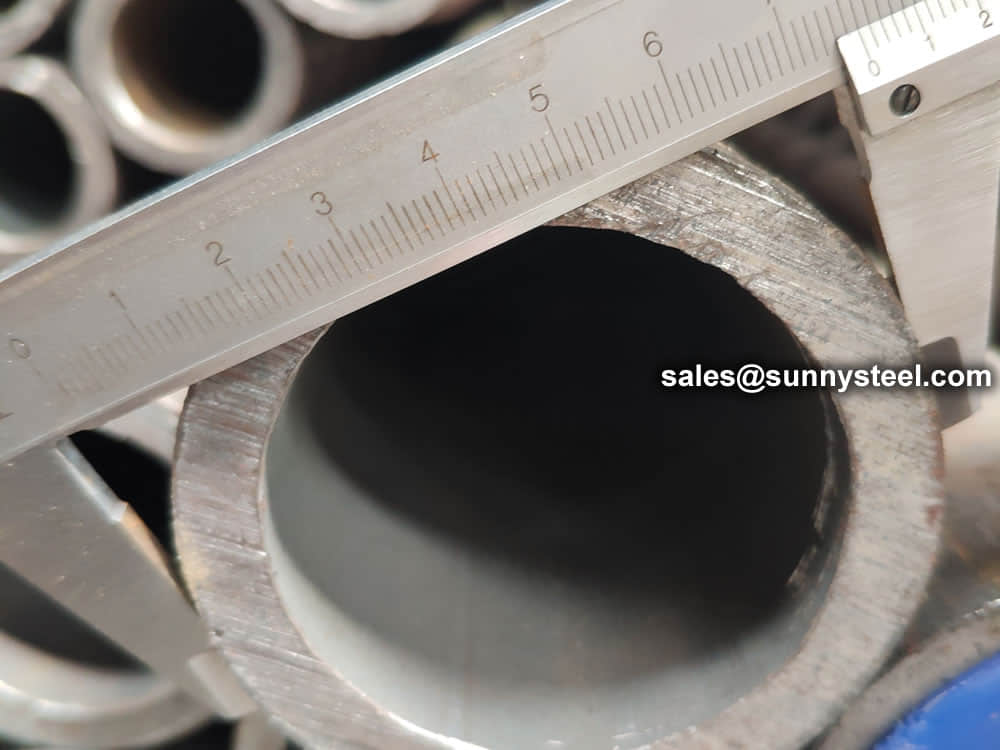
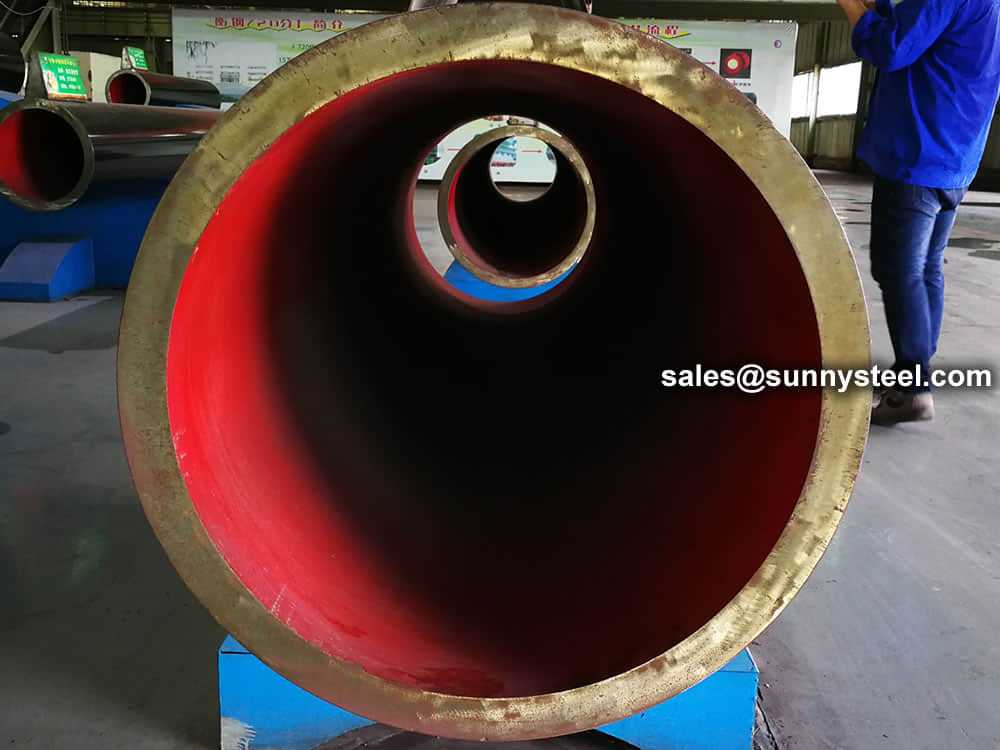
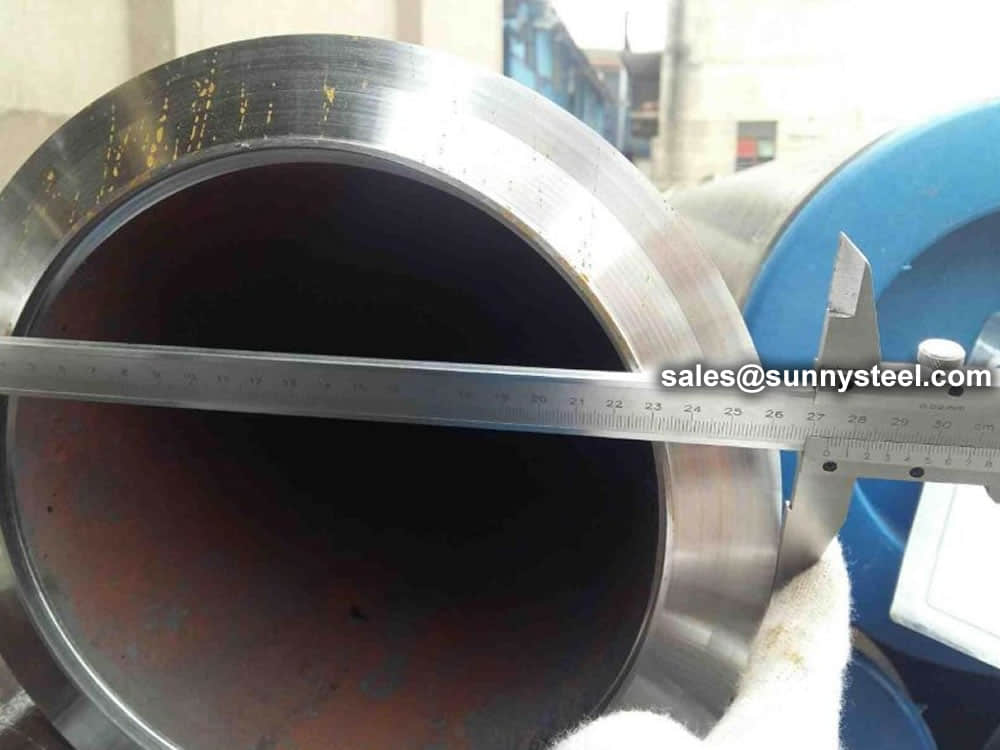
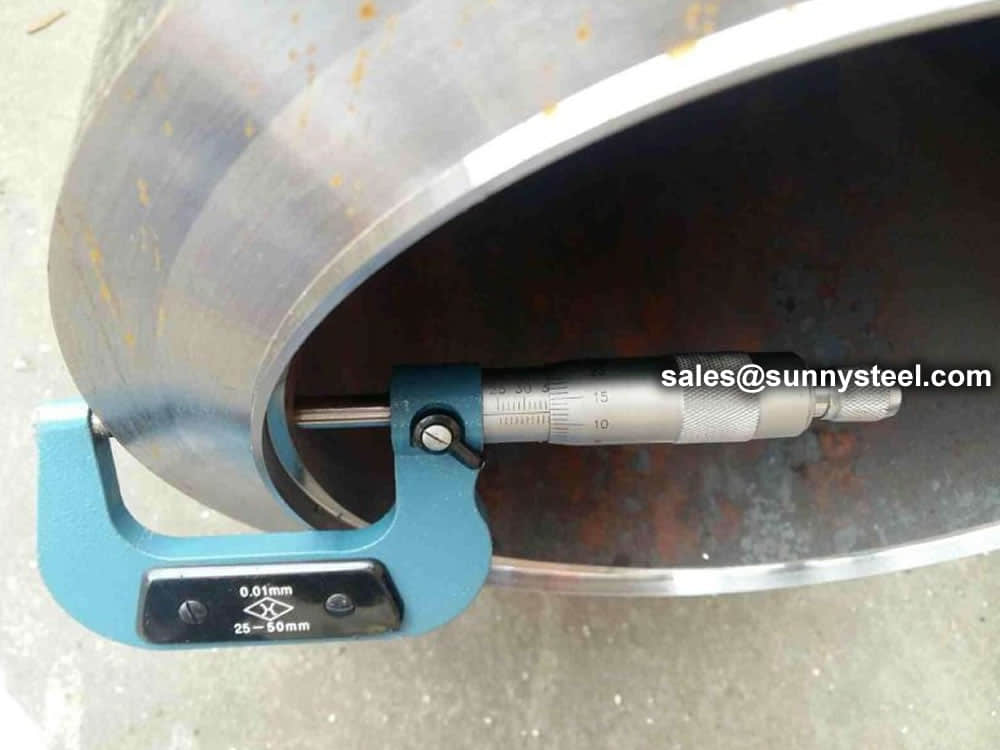
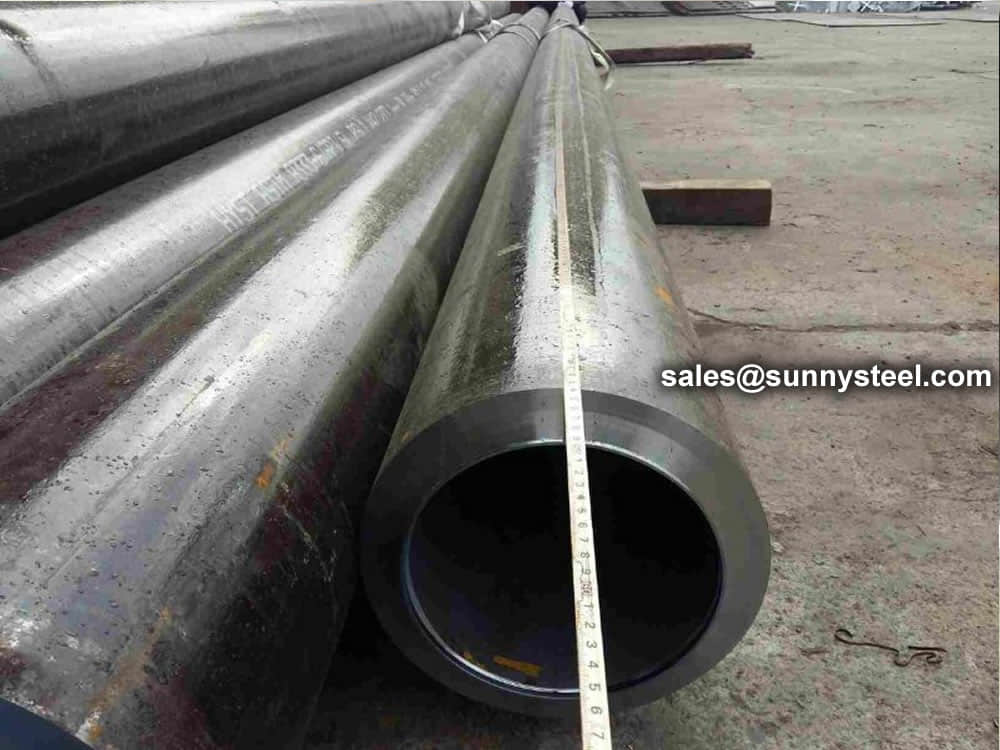
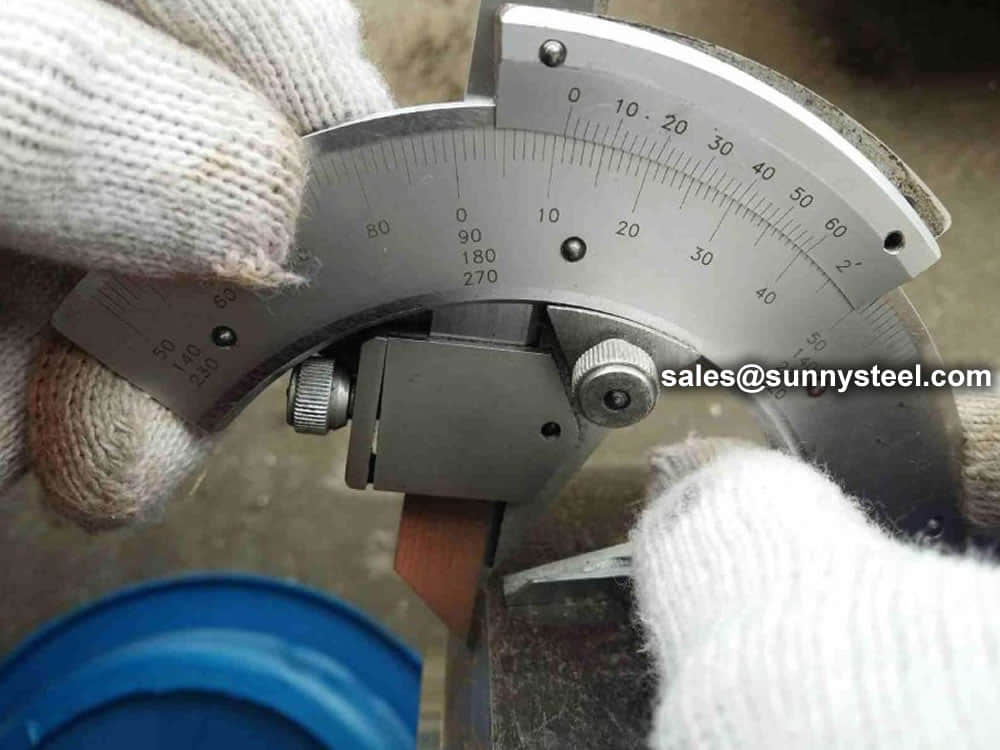
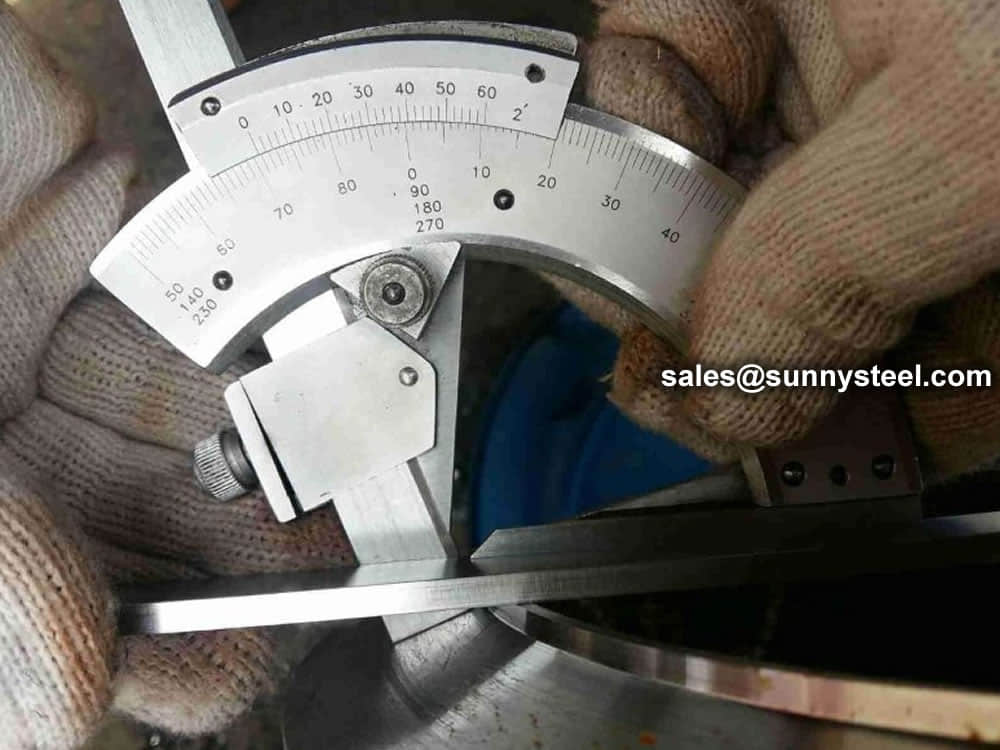
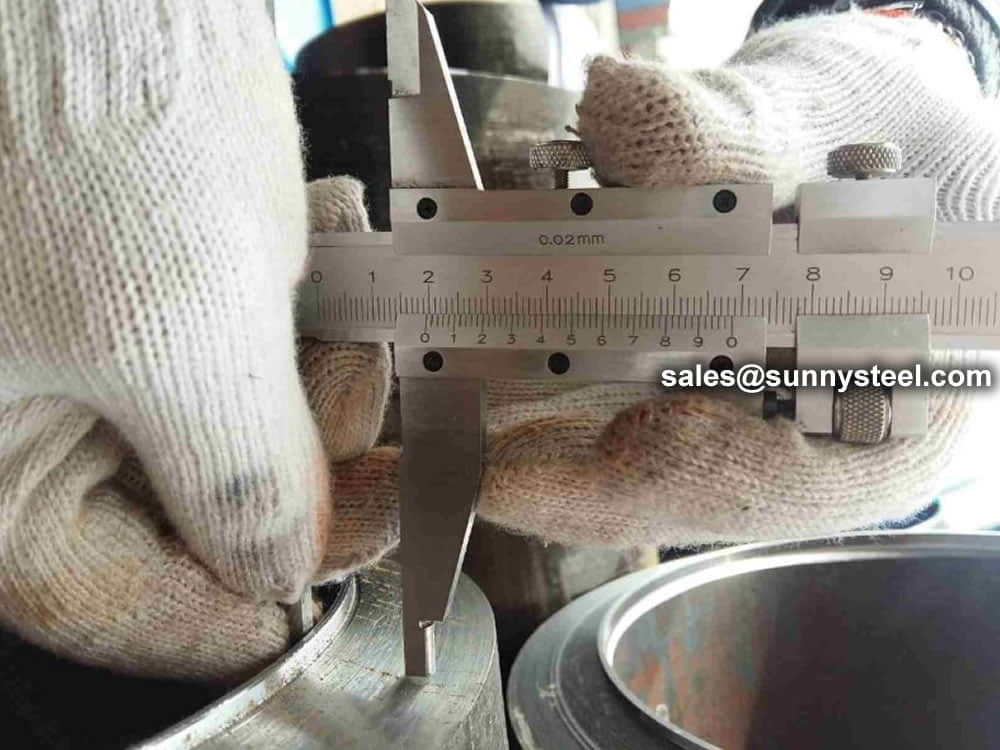
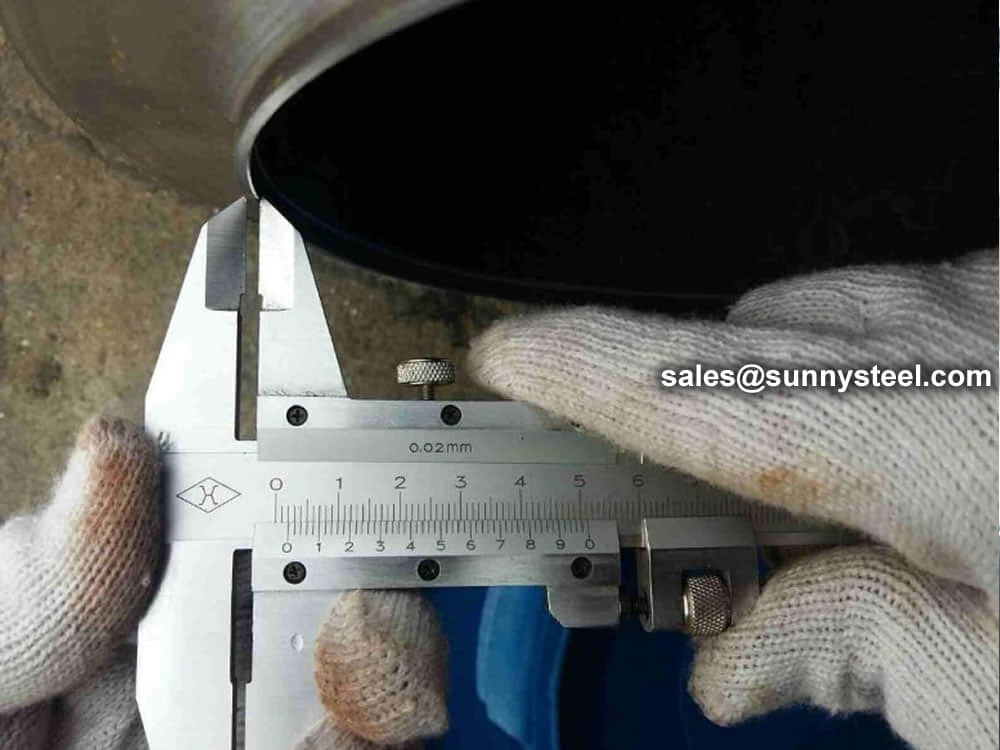
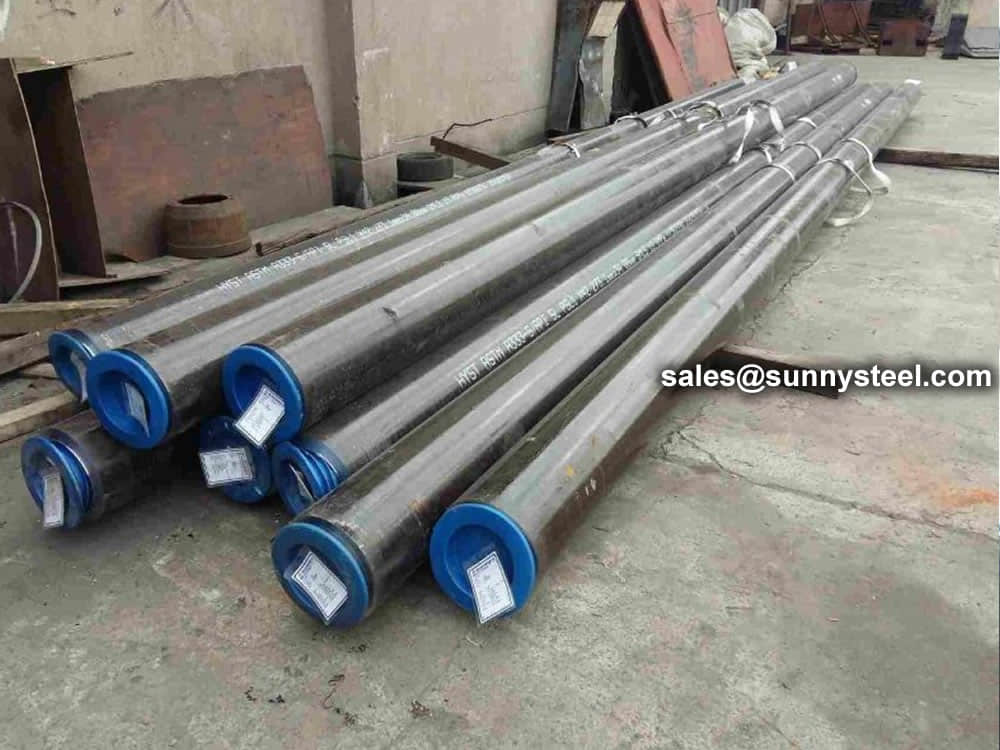
Steel pipe delivery status(condition): cold / hard (BK), cold / soft (BKW), after cold stress relief annealing (BKS), annealing (GBK), normalized (NBK).
| Term | Symbol | Explanation |
|---|---|---|
| Cold-finished/hard (cold-finished as-drawn) | BK | No heat treatment after the last cold-forming process. The tubes therefore have only low deformability. |
| Cold-finished/soft (lightly cold-worked) | BKW | After the last heat treatment there is a light finishing pass (cold drawing) With proper subsequent processing, the tube can be cold-formed (e.g. bent, expanded) within certain limits. |
| Annealed | GBK | After the final cold-forming process the tubes are annealed in a controlled atmosphere or under vacuum. |
| Normalized | NBK | The tubes are annealed above the upper transformation point in a controlled atmosphere or under vacuum. |
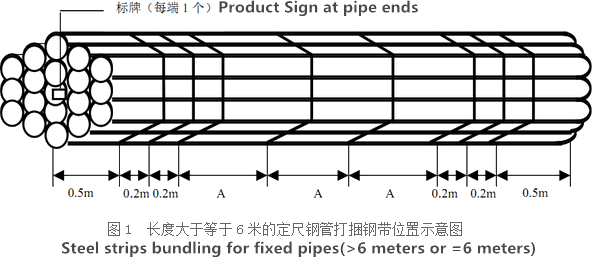
The general cold strip mills, volume should go through continuous annealing (CAPL unit) to eliminate cold hardening and rolling stress, or batch annealing reach the mechanical properties of the corresponding standard specifies. Cold rolled steel surface quality, appearance, dimensional accuracy better than hot-rolled plate, and right-rolled thin product thickness is about 0.18mm, so the majority of users favor.
Cold rolled steel coil substrate products deep processing of high value-added products. Such as electro-galvanized, hot dip galvanized, electro-galvanized fingerprint resistant, painted steel roll damping composite steel, PVC laminating steel plates, etc., so that the excellent quality of these products has a beautiful, high resistance to corrosion, has been widely used.
Cold rolled steel coil finishing after annealing, cut the head, tail, trimming, flattening, smooth, heavy volume, or longitudinal clipboard. Cold-rolled products are widely used in automobile manufacturing, household electrical appliances, instruments, switches, buildings, office furniture and other industries. Steel plate strapping package weight of 3 to 5 tons. Flat sub-volume typically 3 to 10 tons / volume. Coil diameter 6m.
Bare packing/bundle packing/crate packing/wooden protection at the both sides of tubes and suitably protected for sea-worthly delivery or as requested.
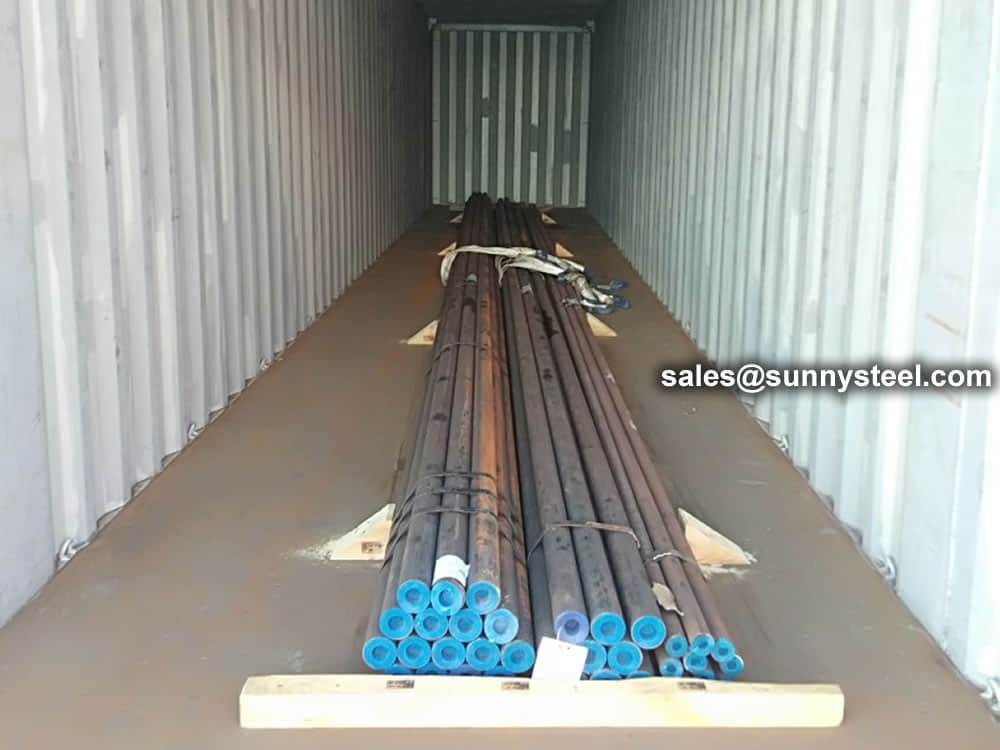
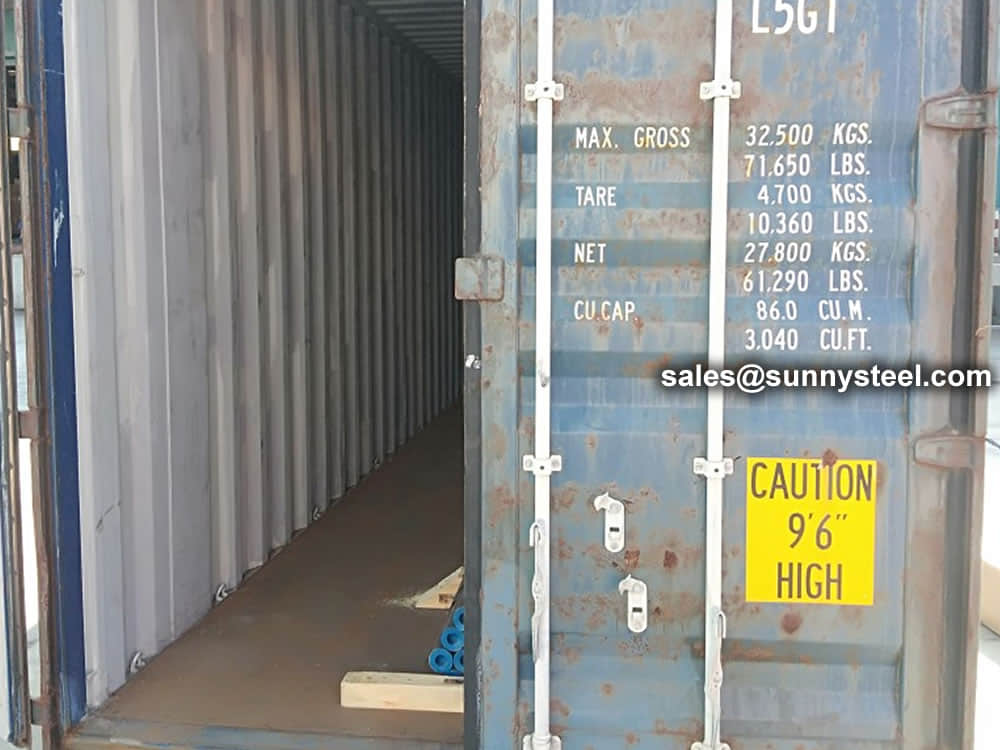
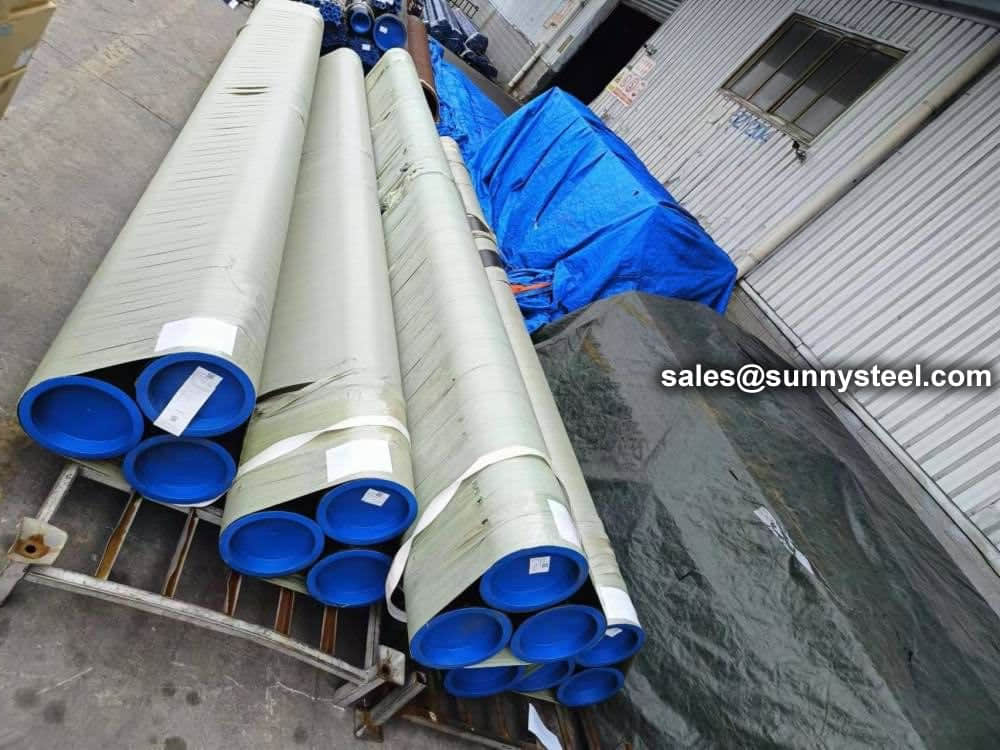
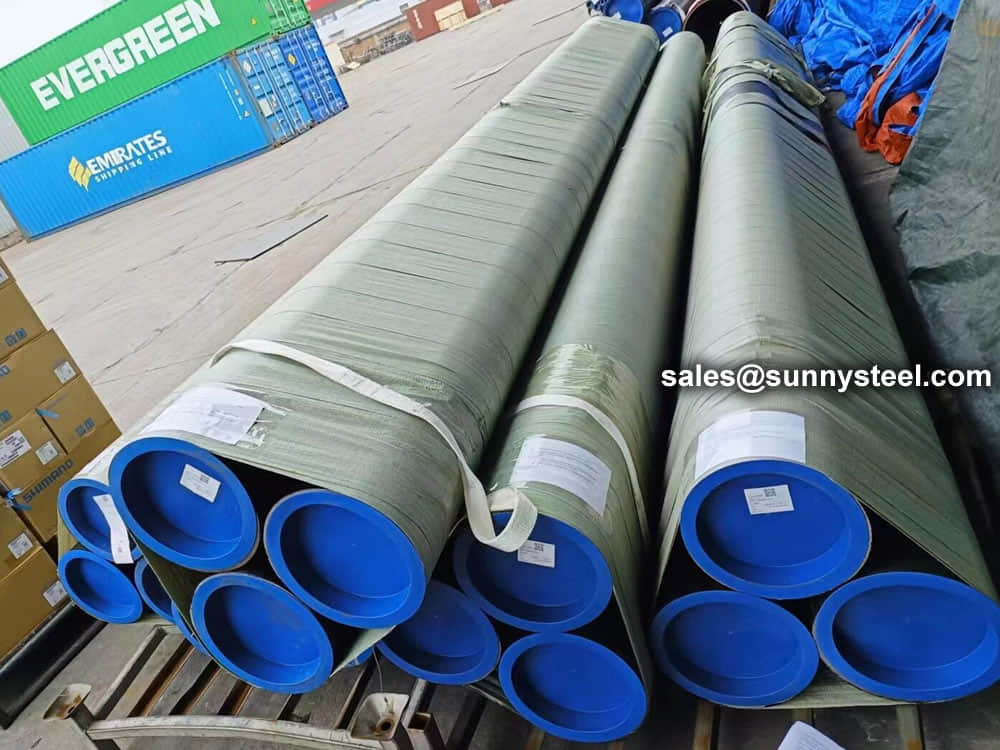
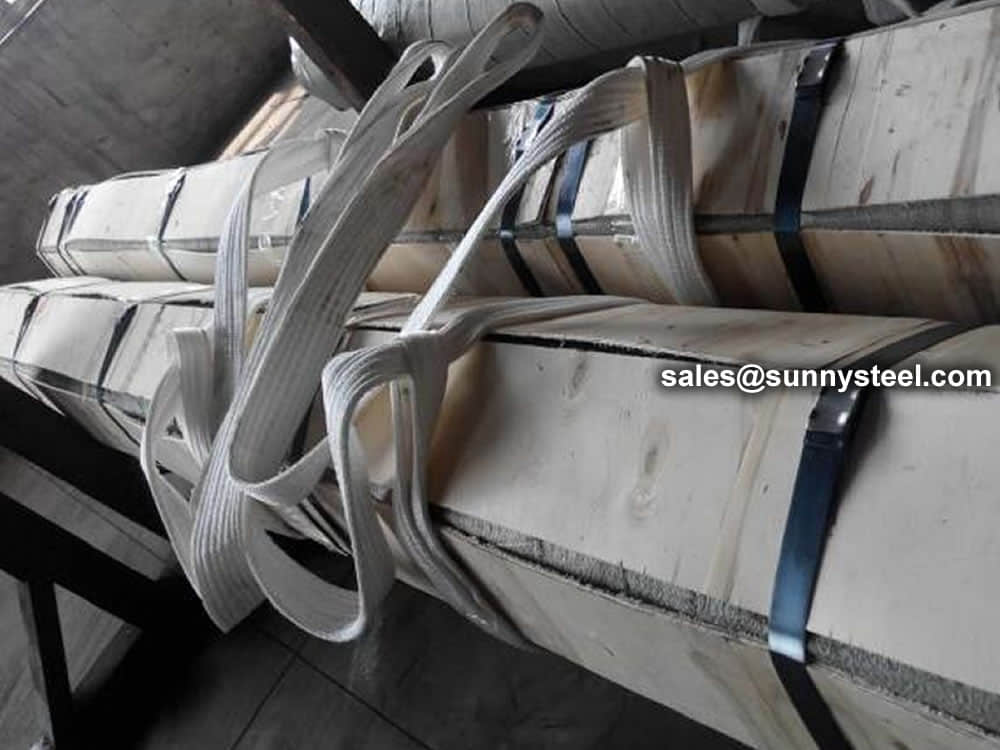
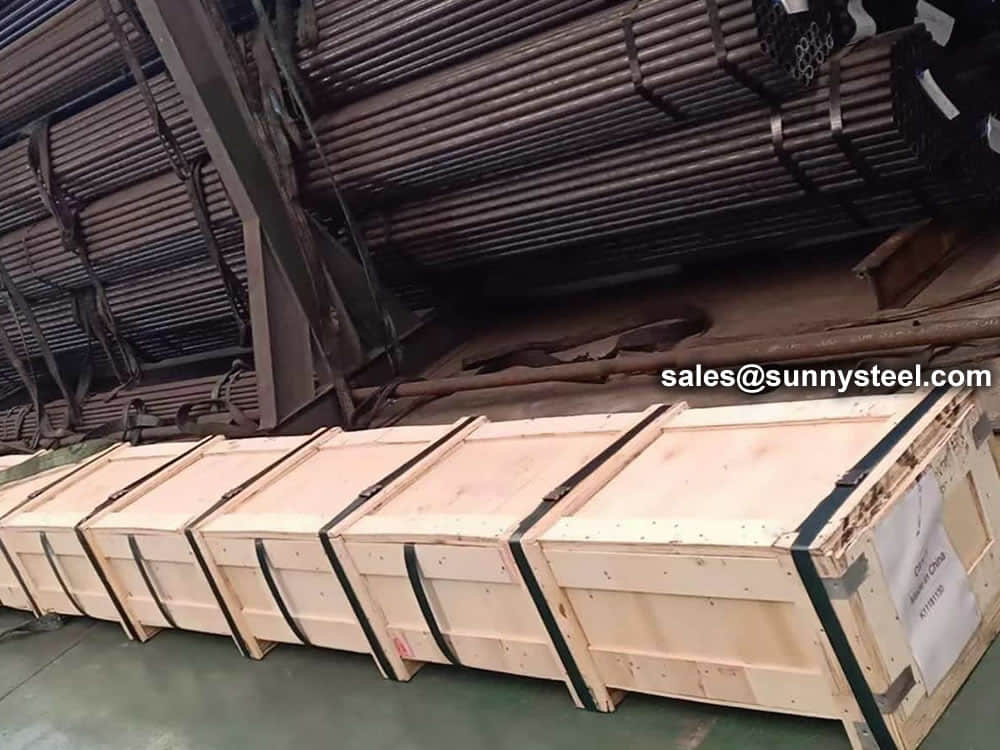
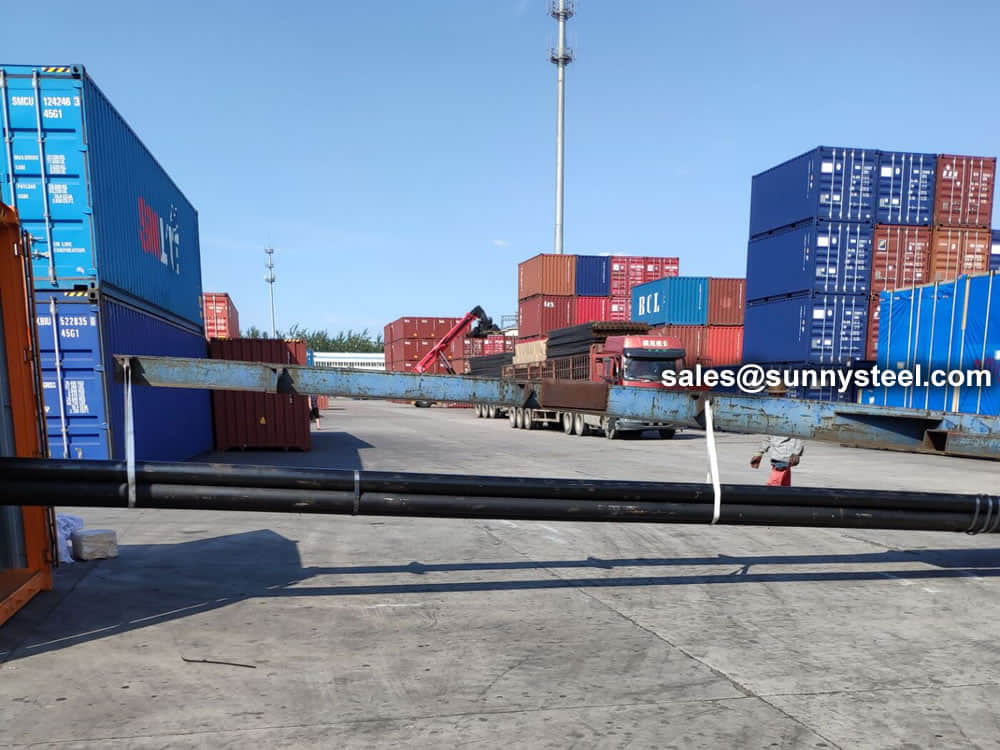
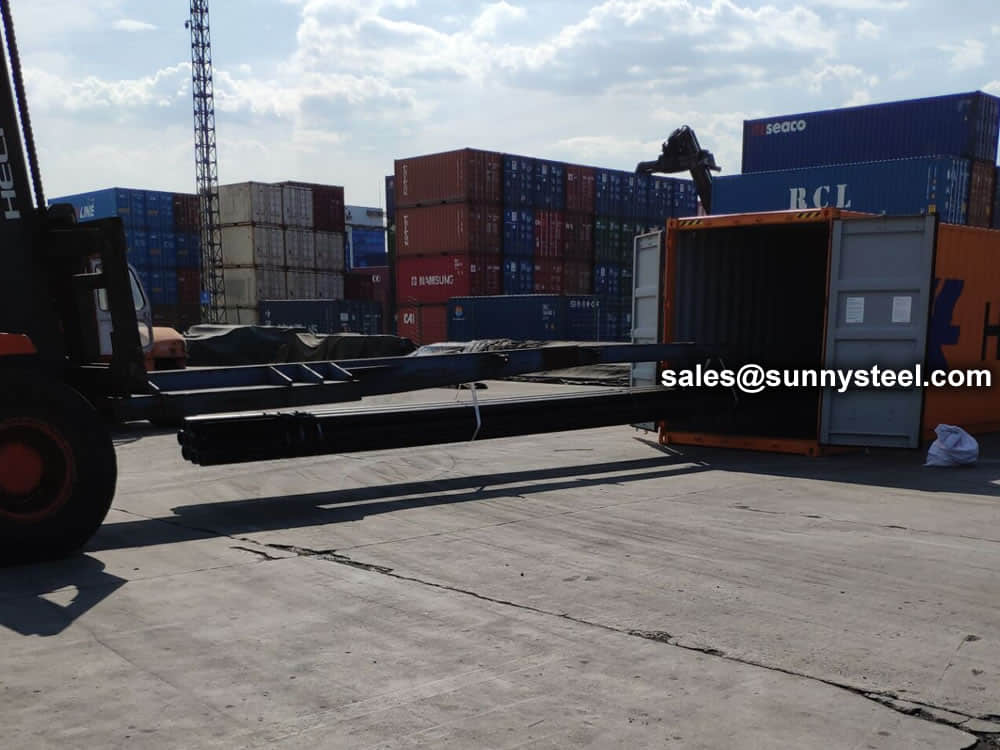
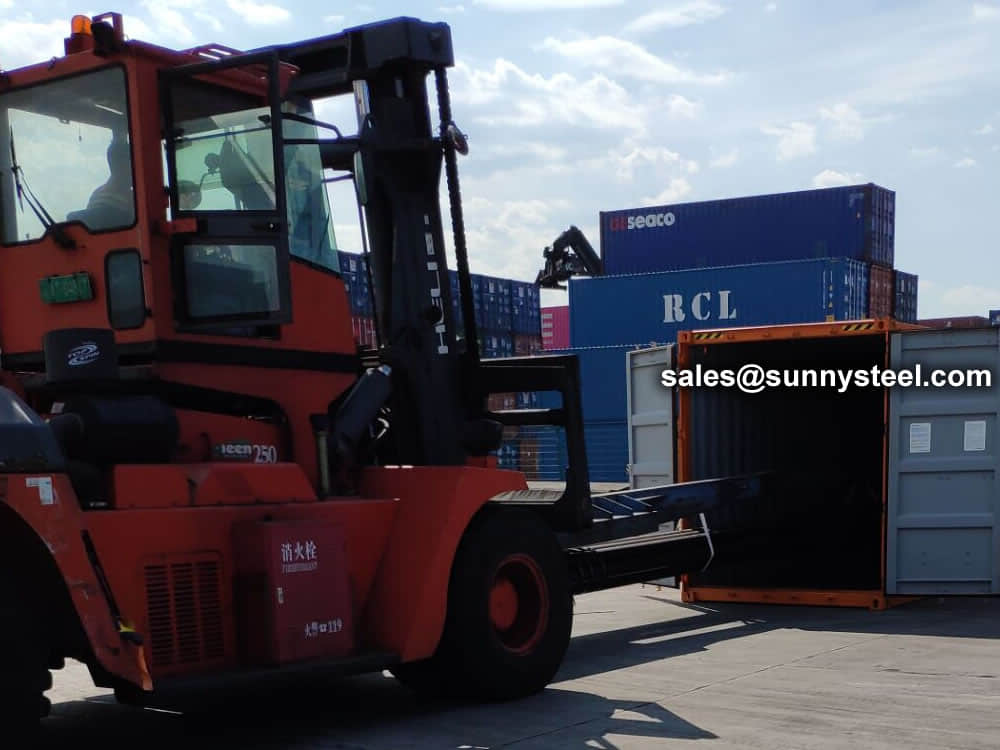
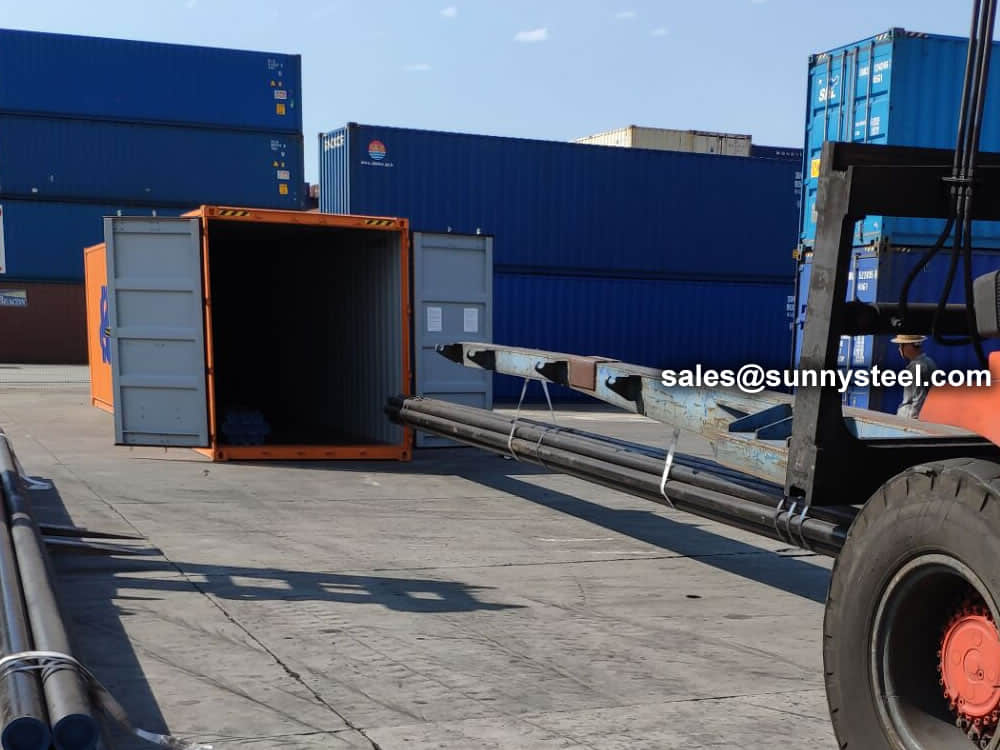
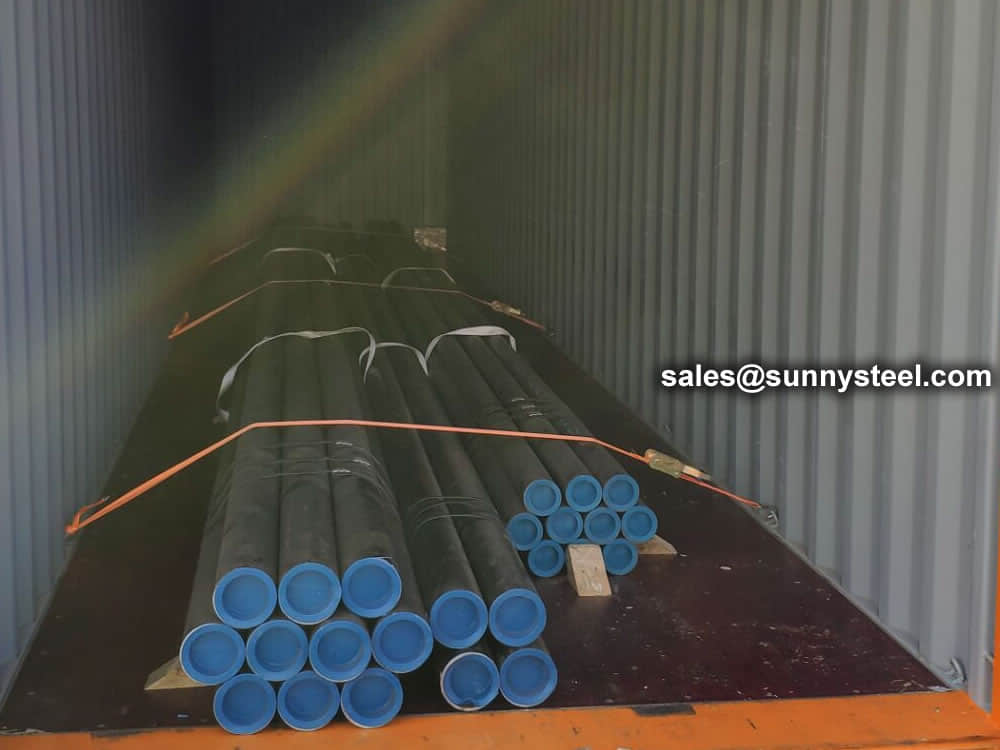
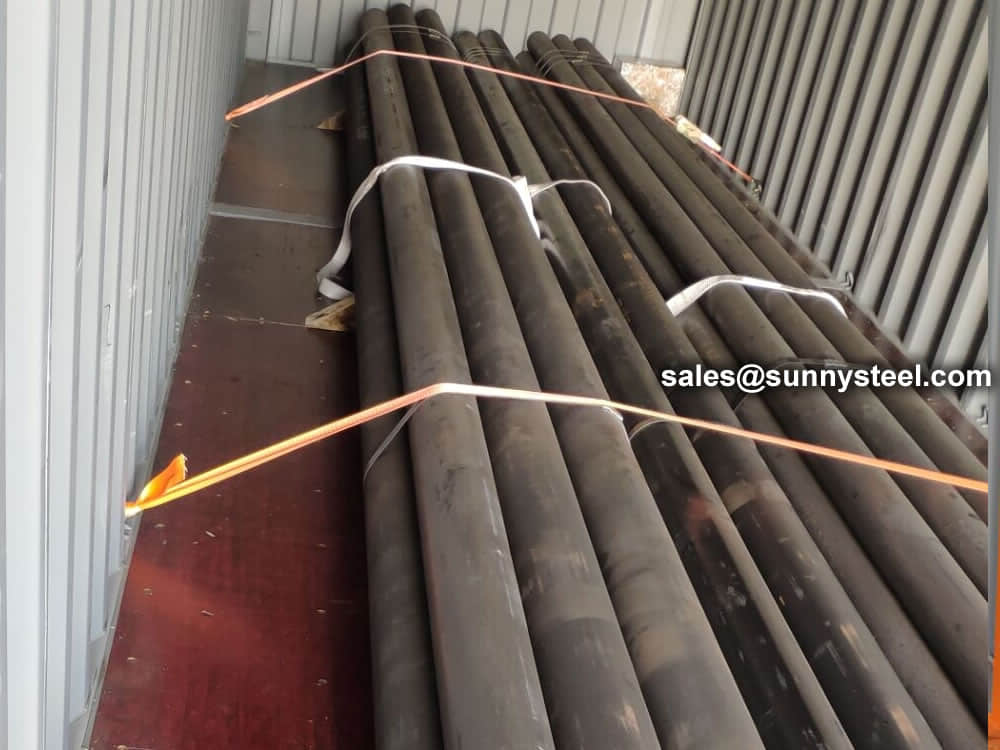
There are probably hundreds of different methods for packing a pipe, and most of them have merit, but there are two principles that are vital for any method to work prevent rusting and Sea transportation security.
Our packing can meet any needs of the customers.

When you partner with Sunny Steel, you can stop worrying about meeting deadlines thanks to our responsive and timely service. You'll also say goodbye to unnecessary shopping around. Instead, you'll get white glove service from an expert who understands your needs and can get you the materials you need quickly.
